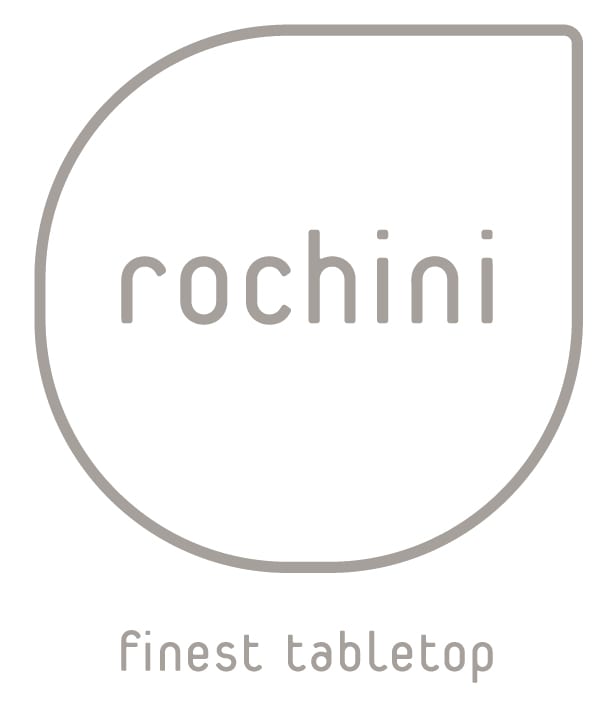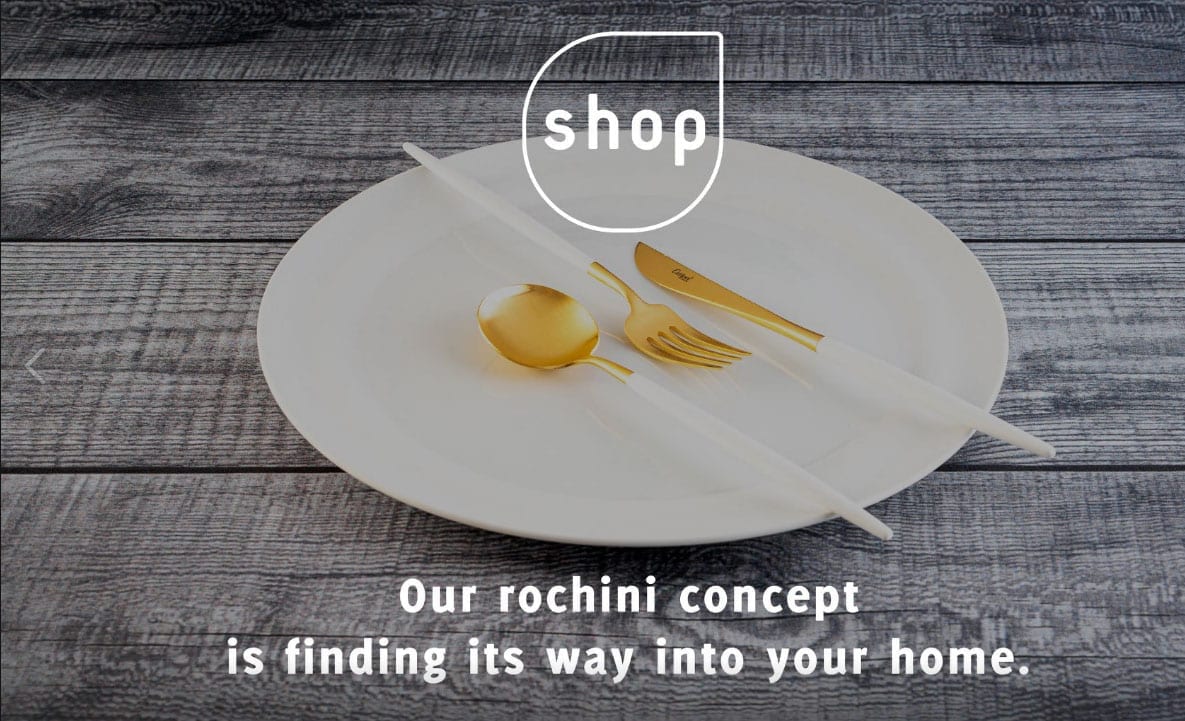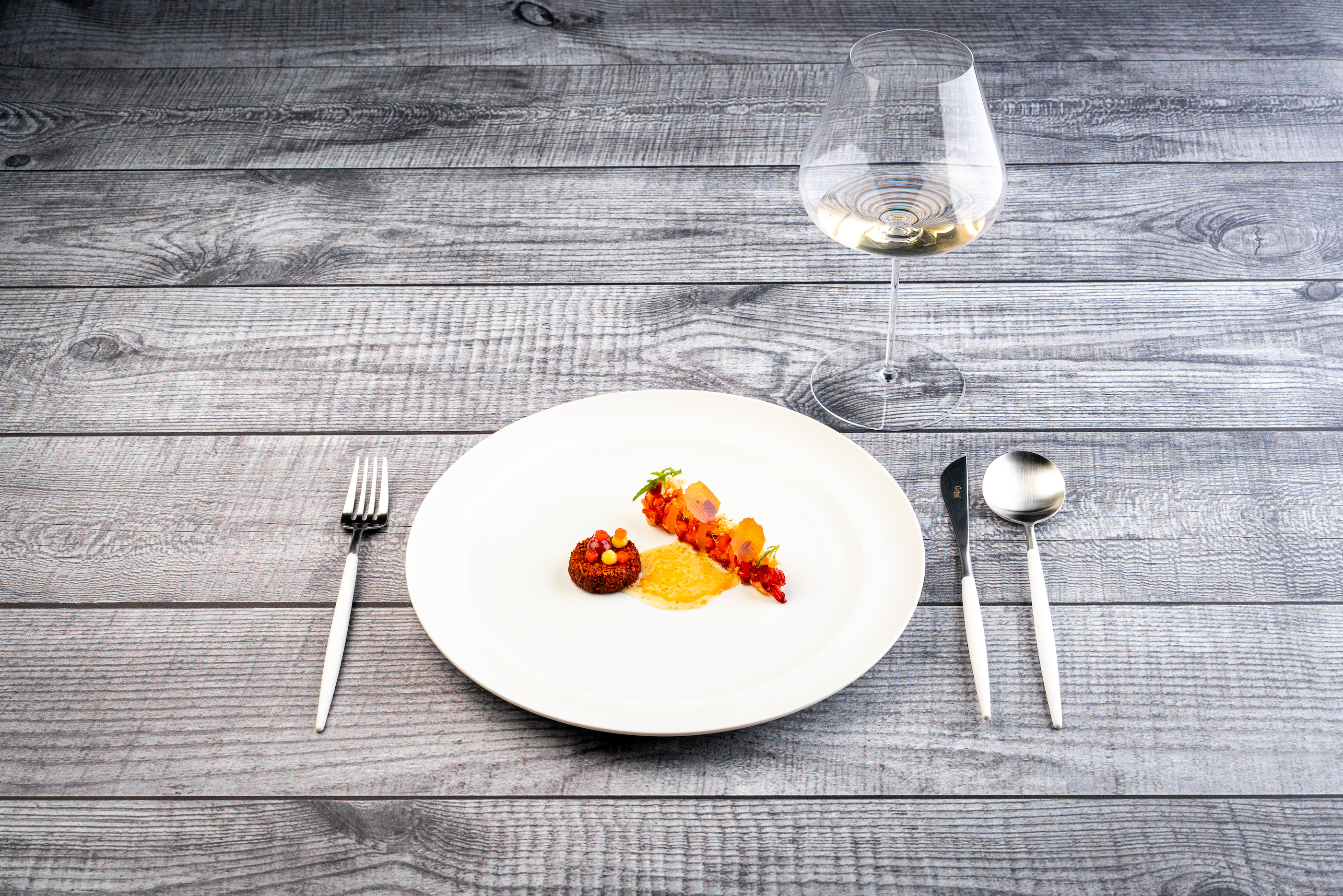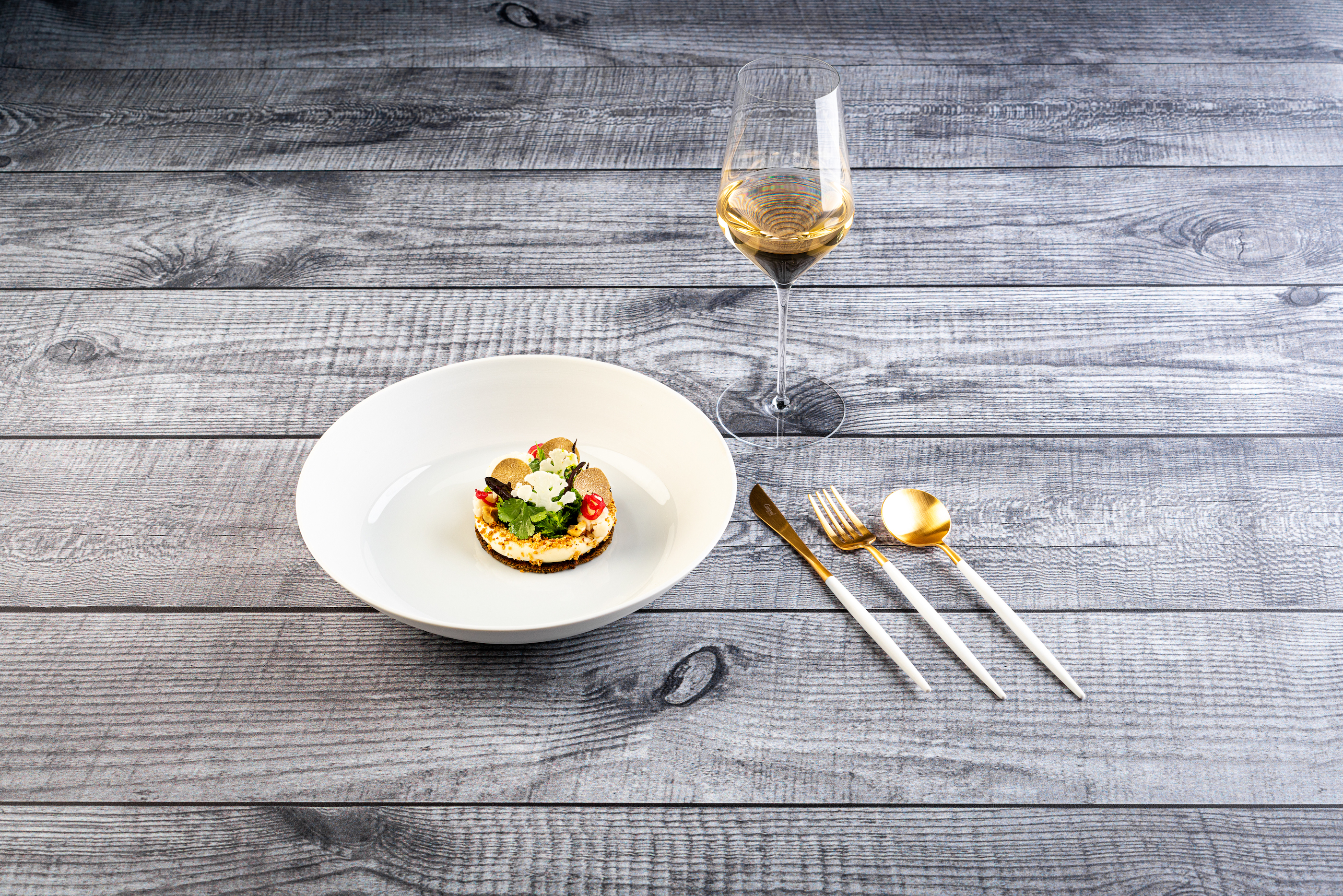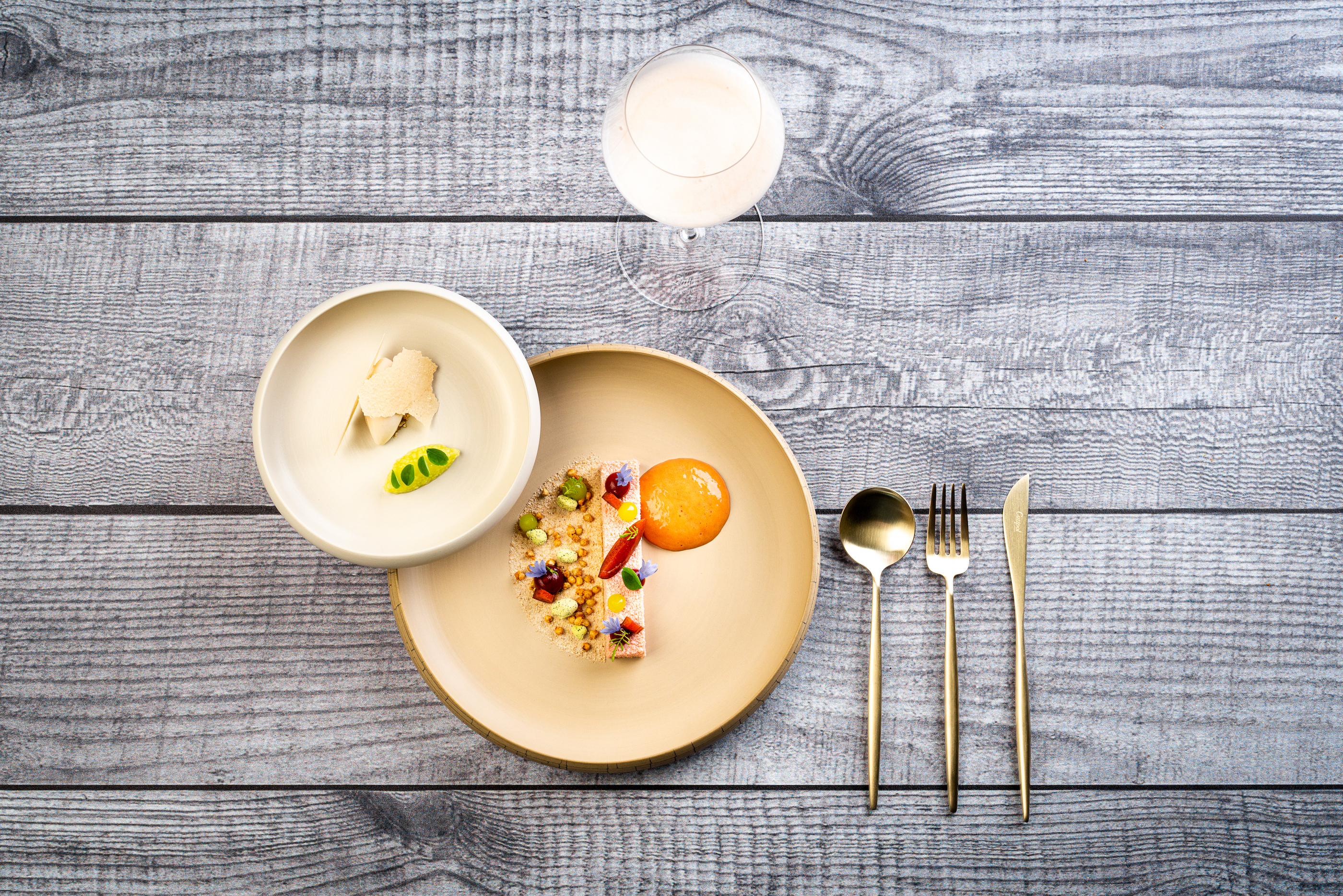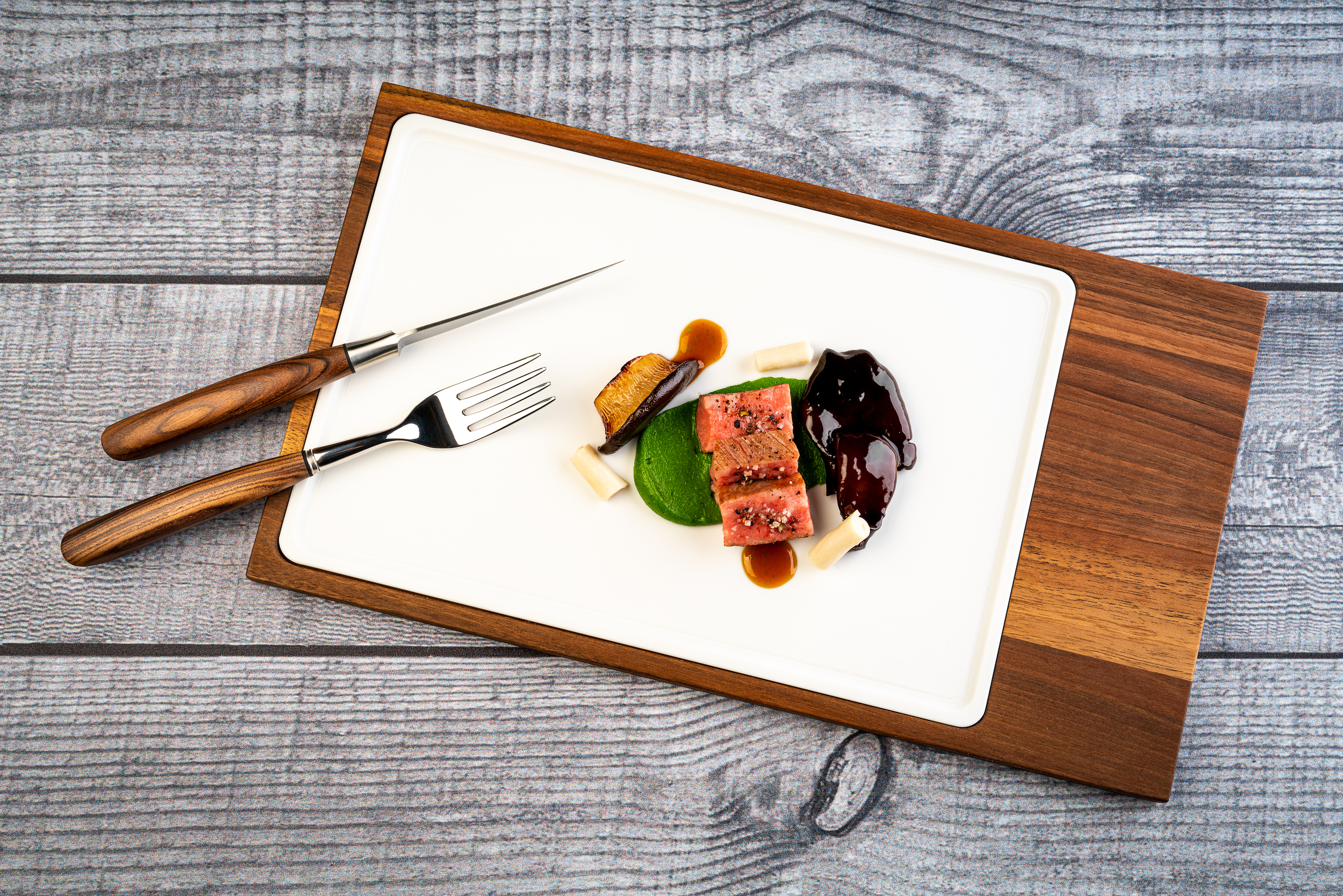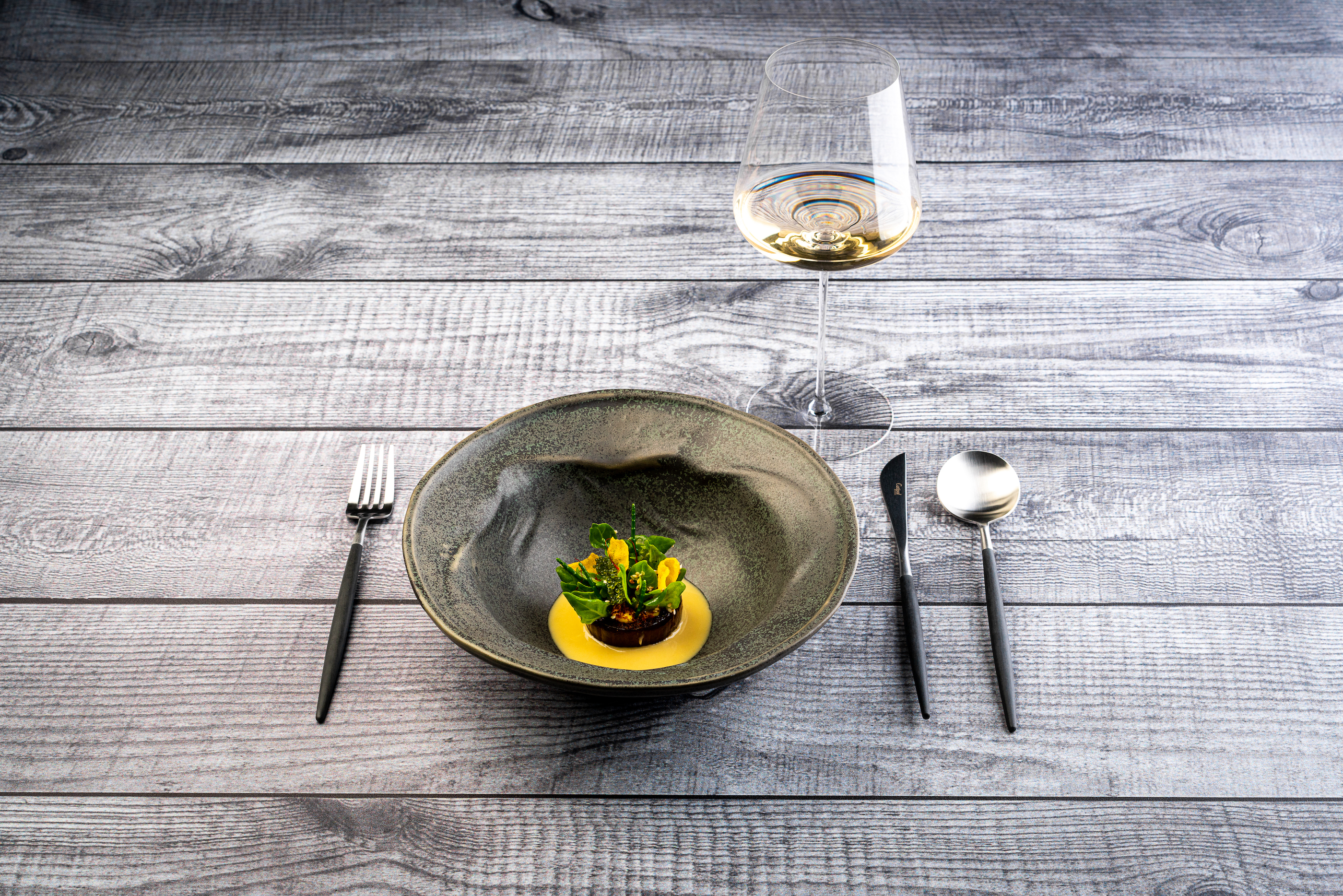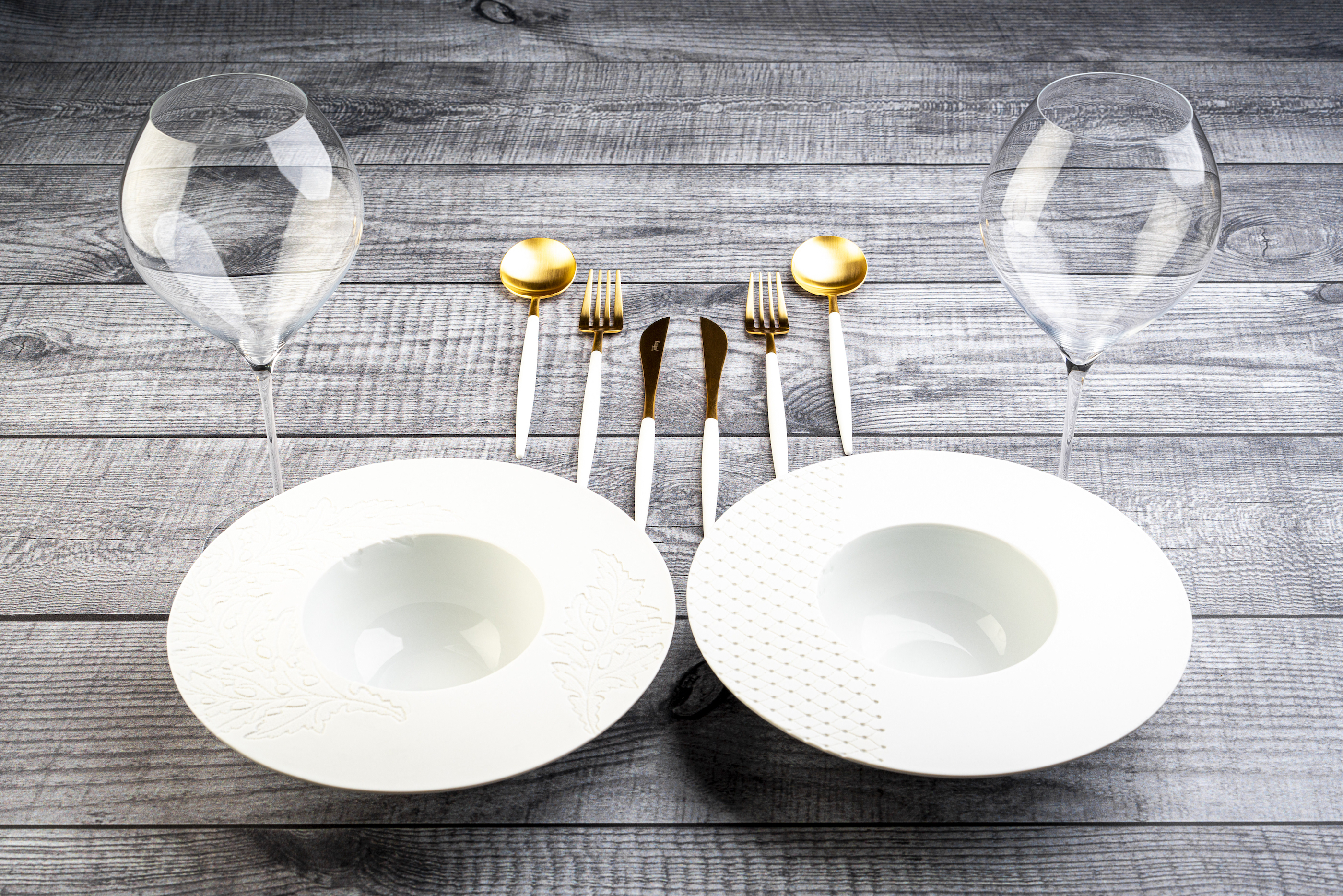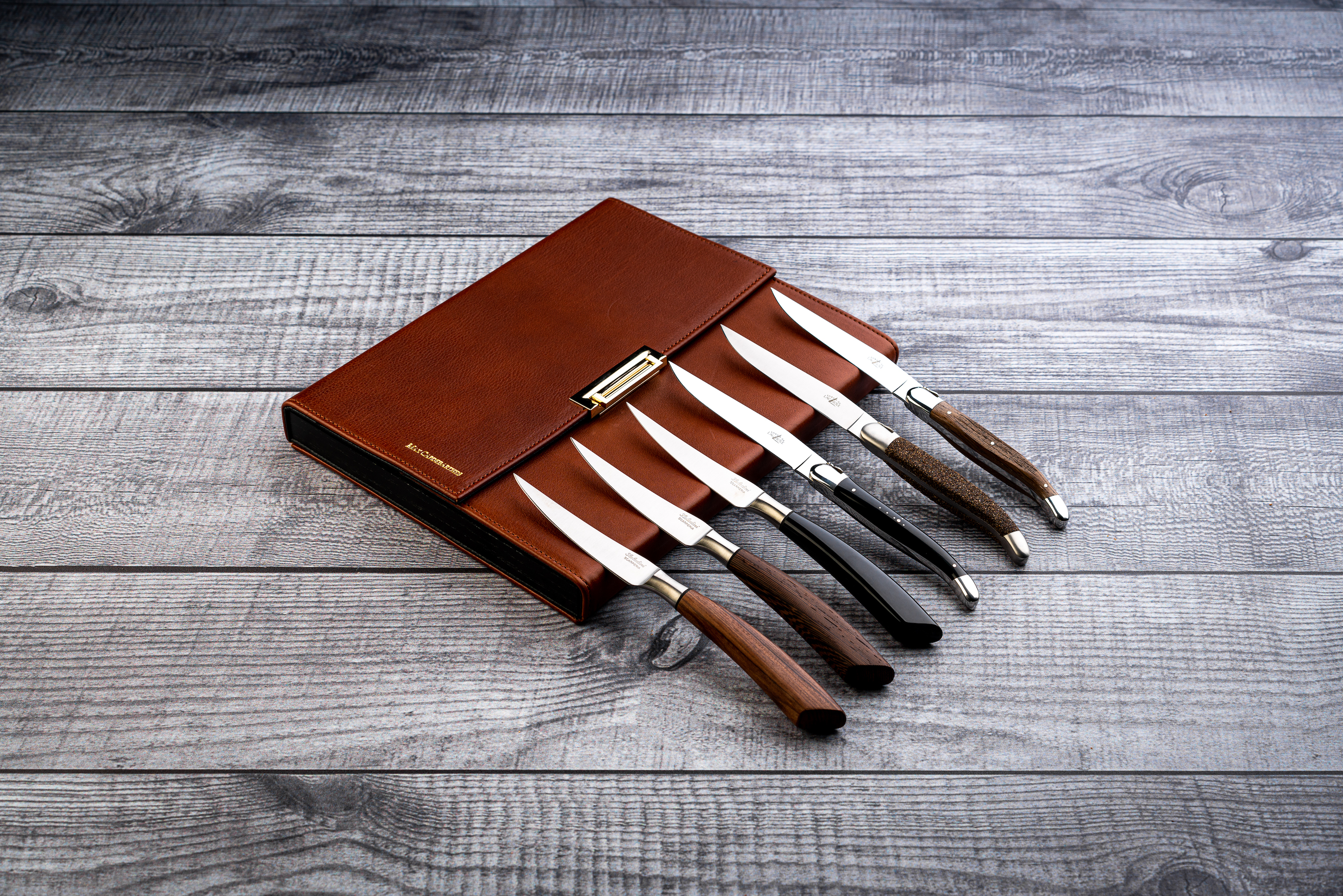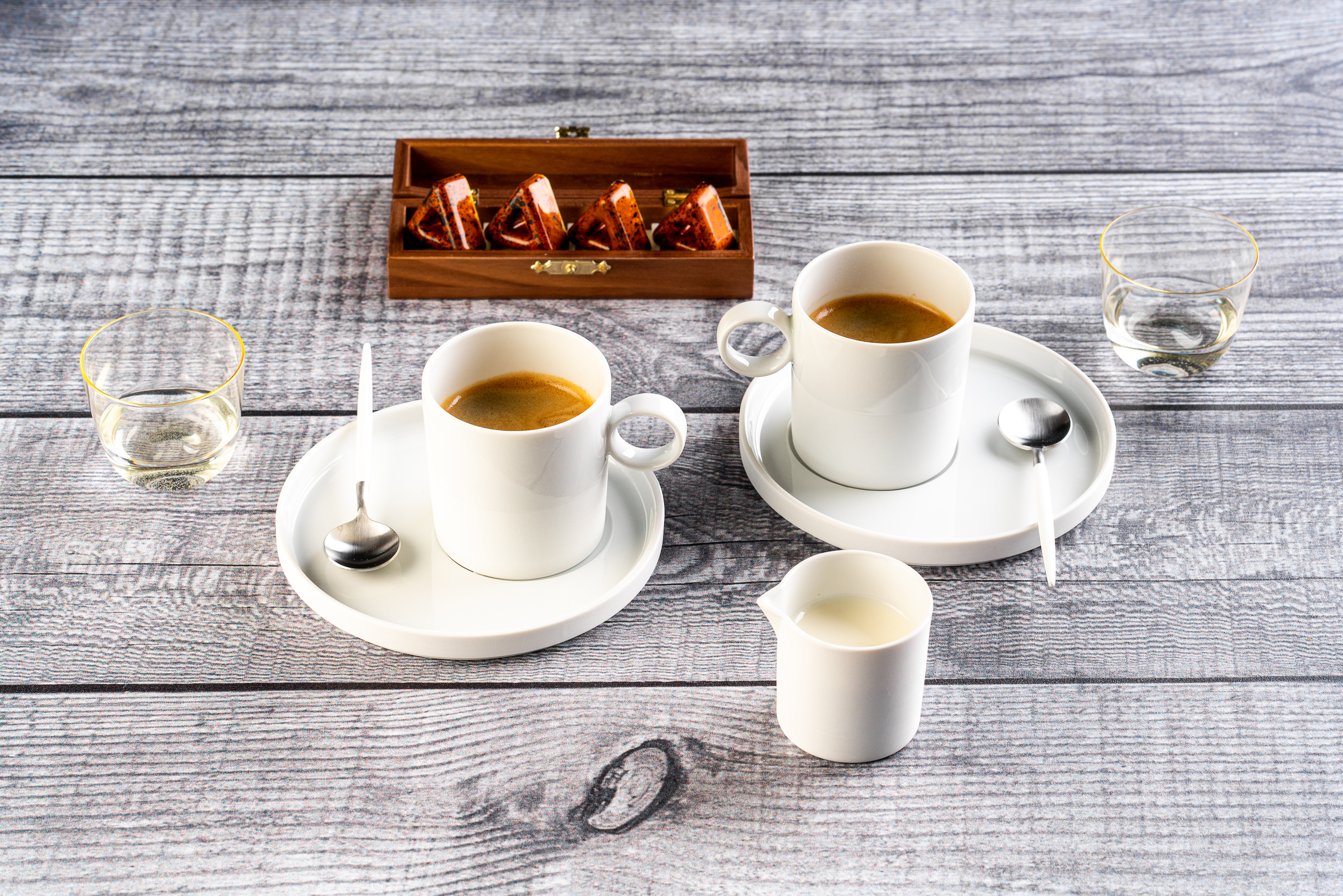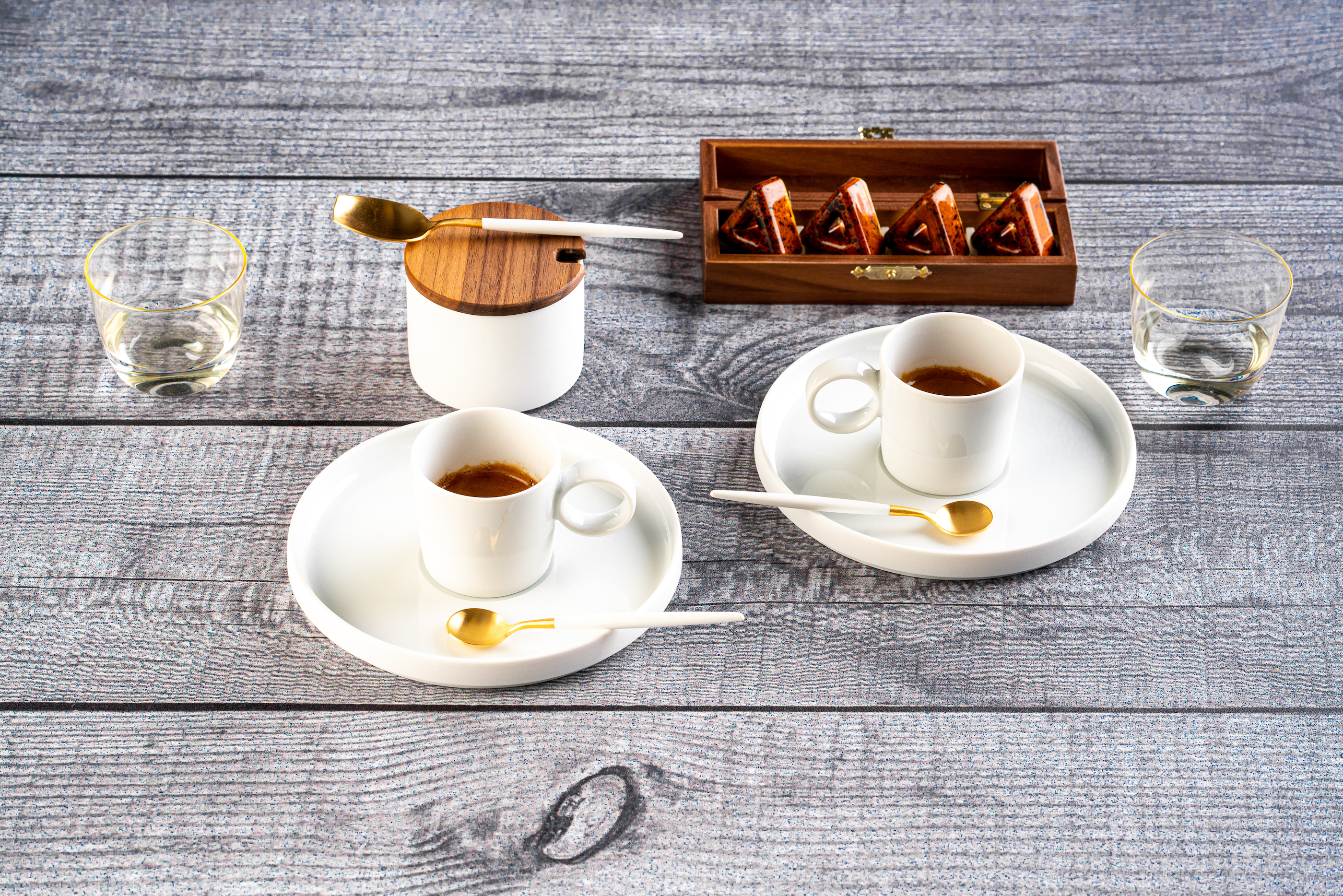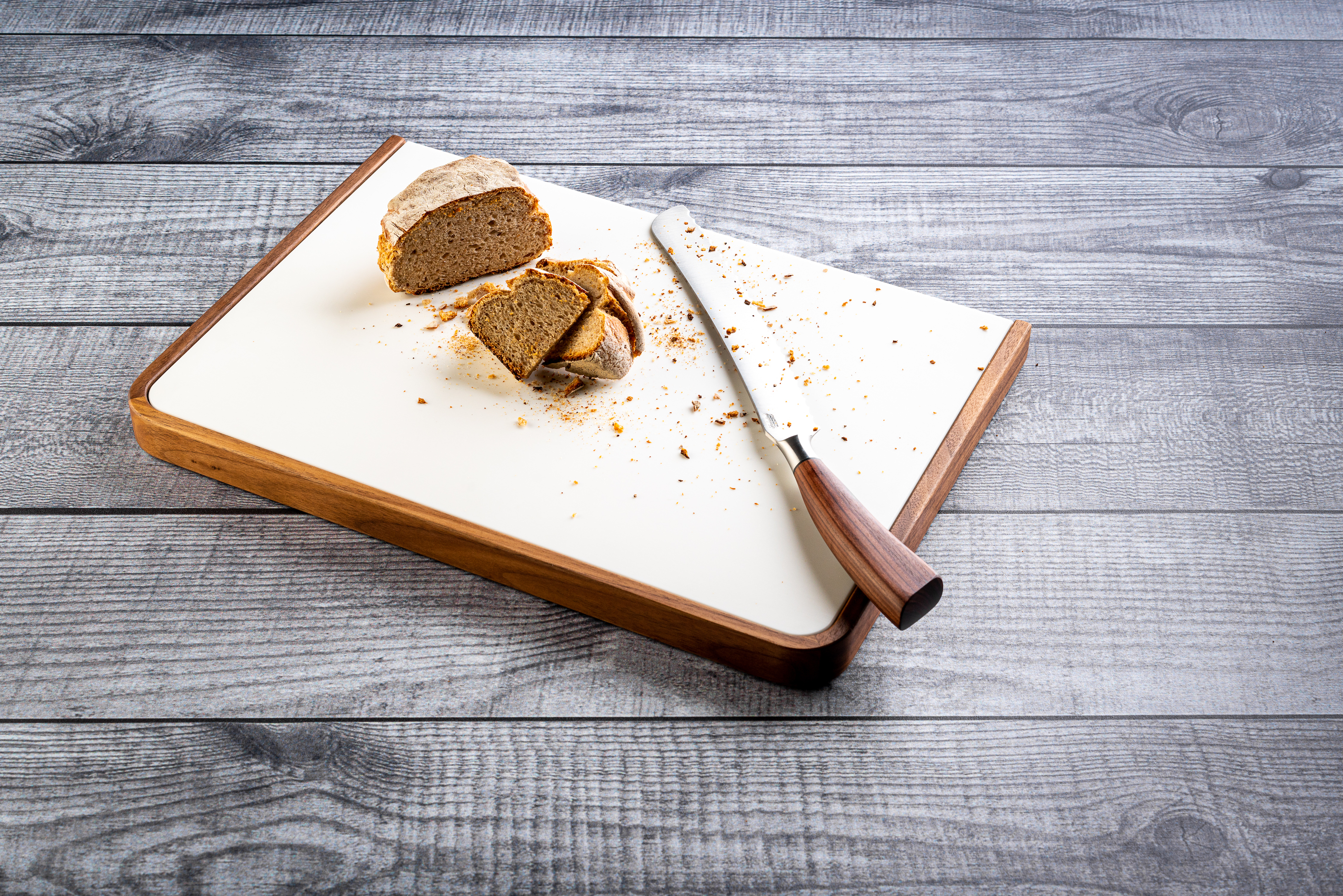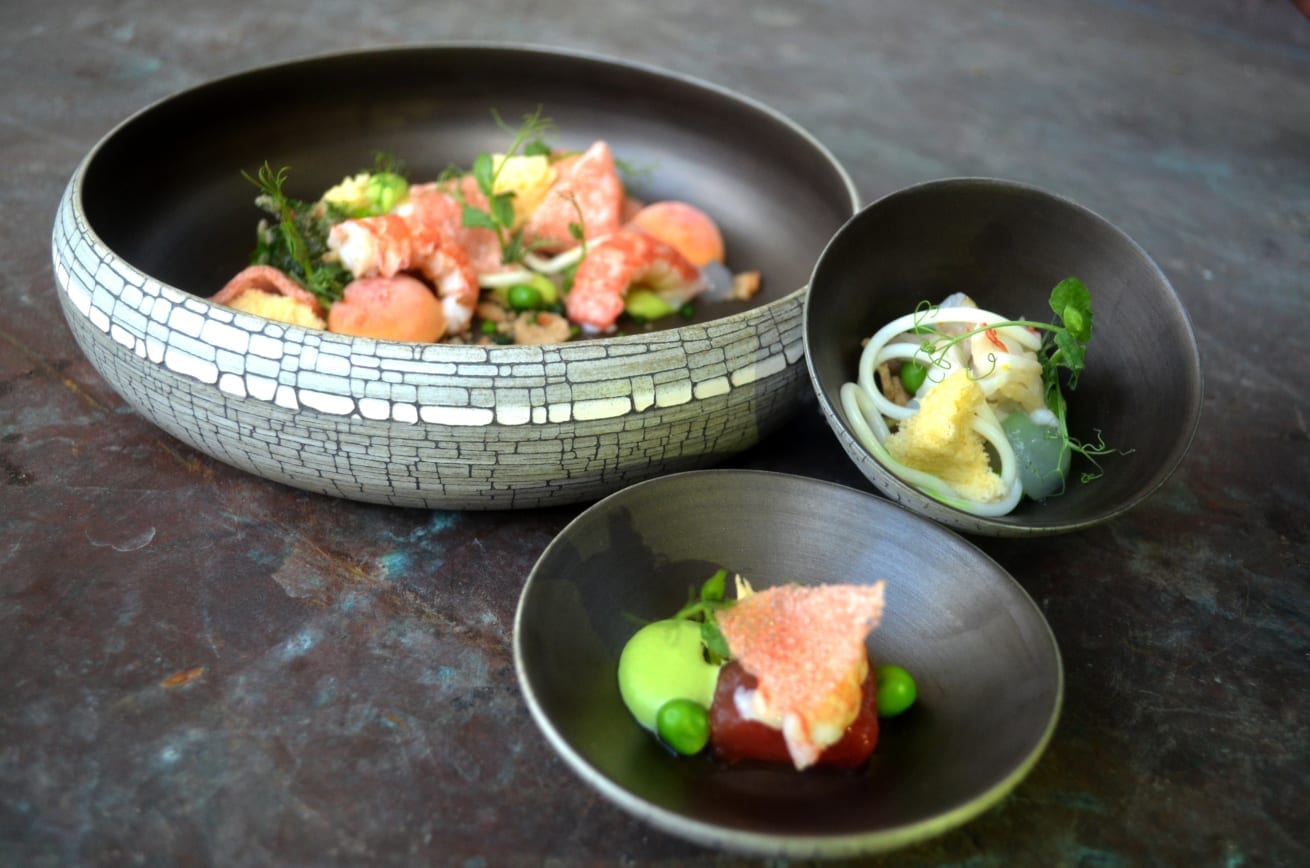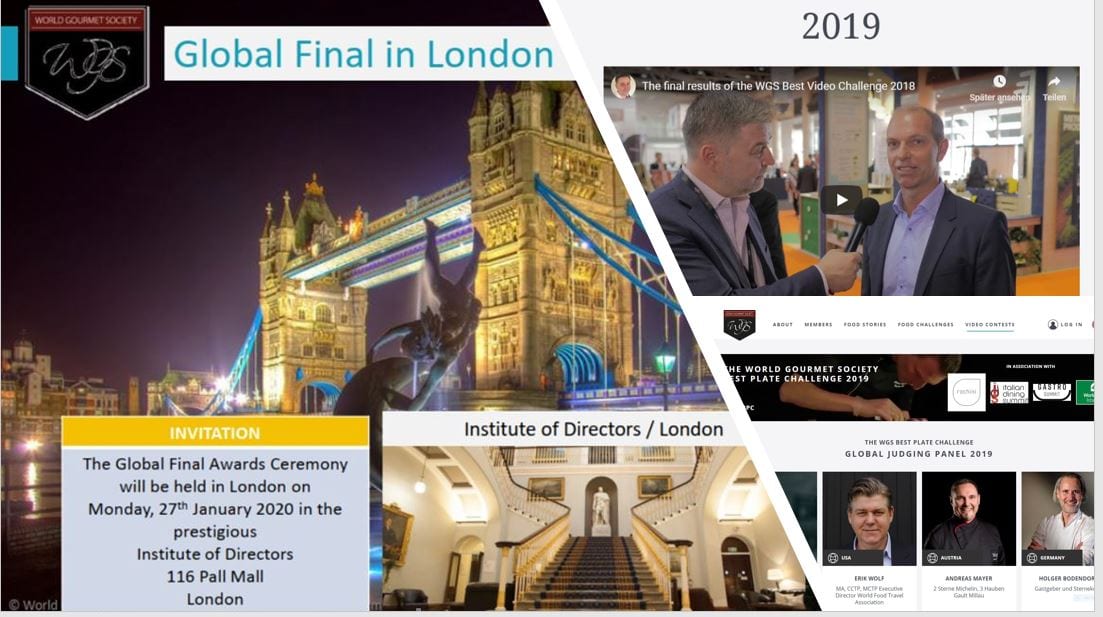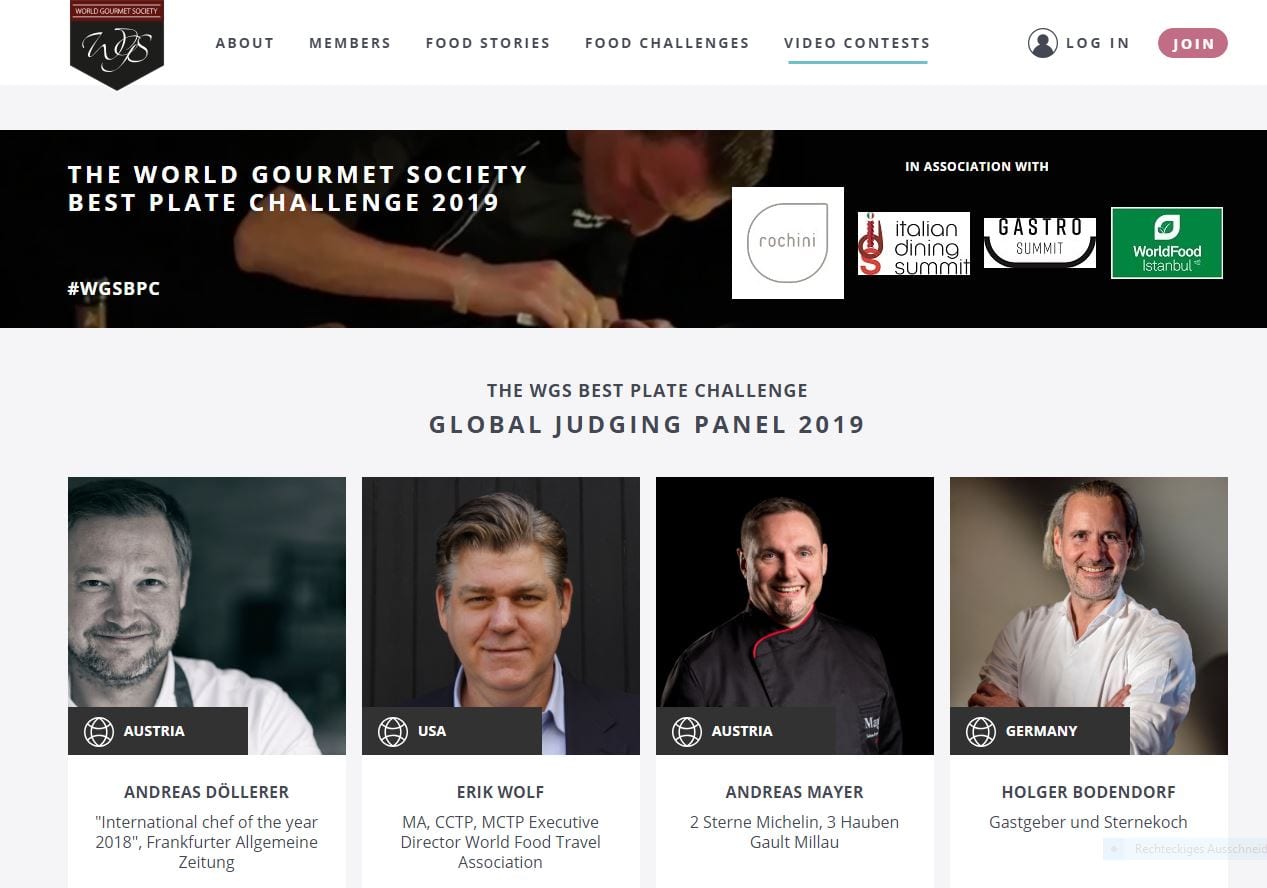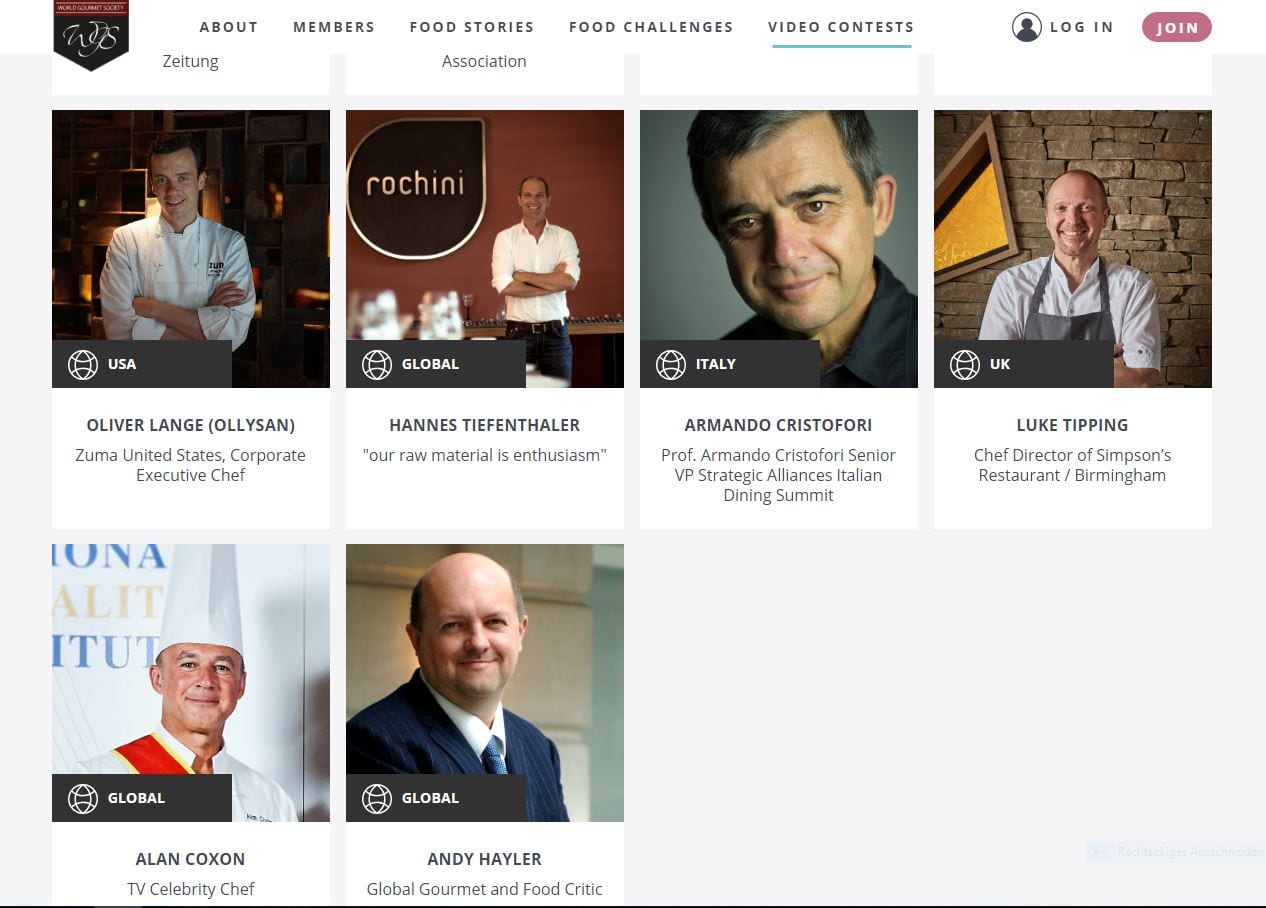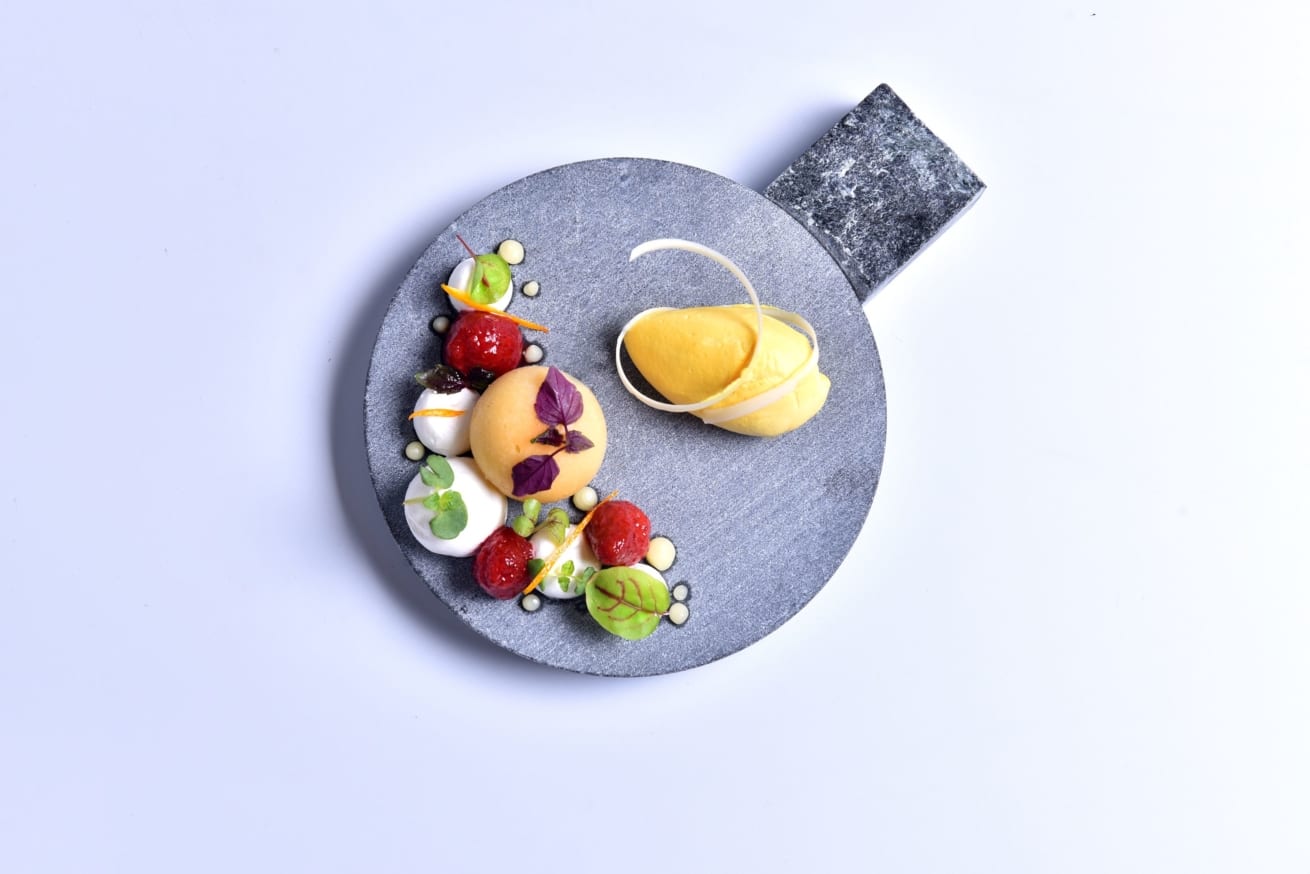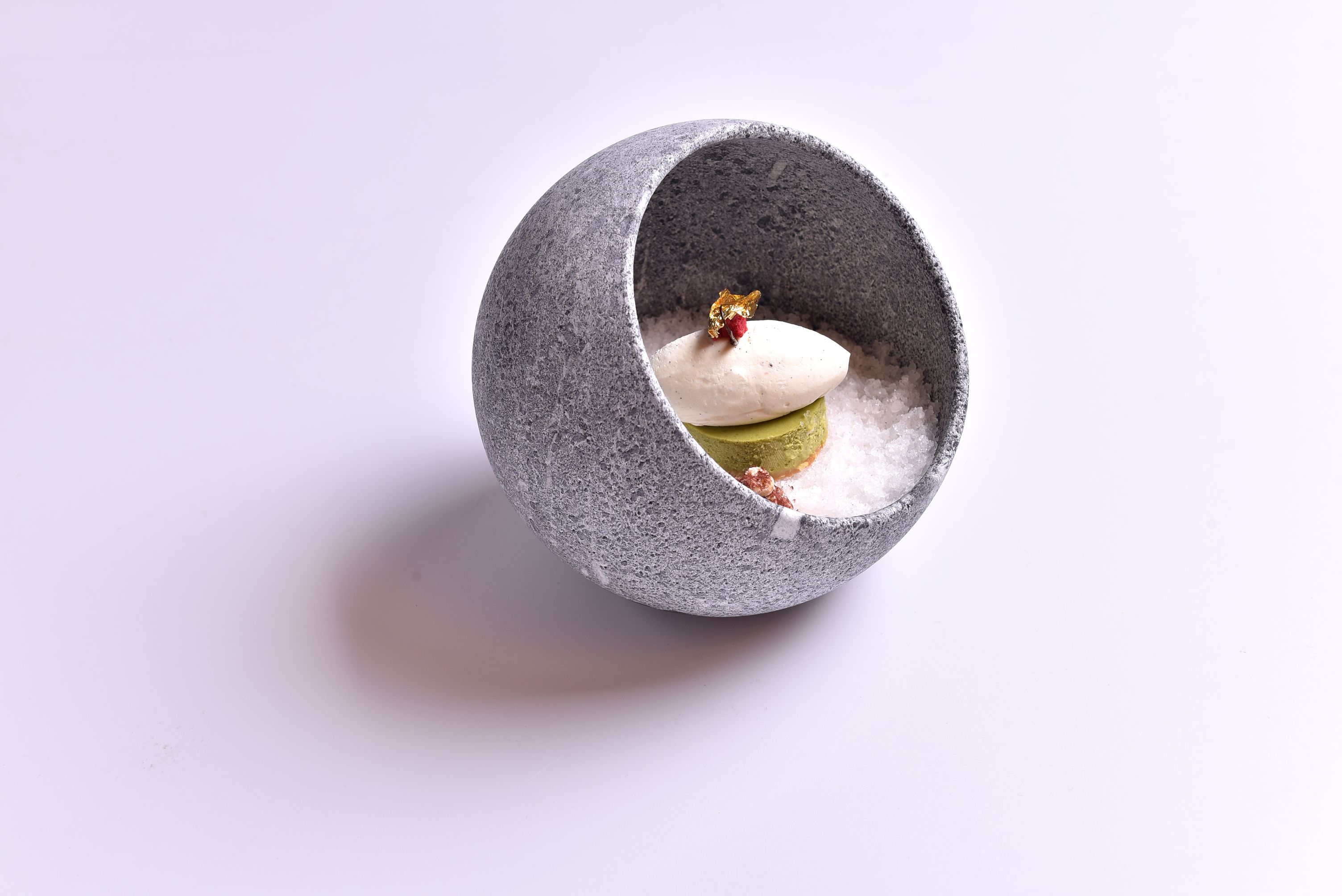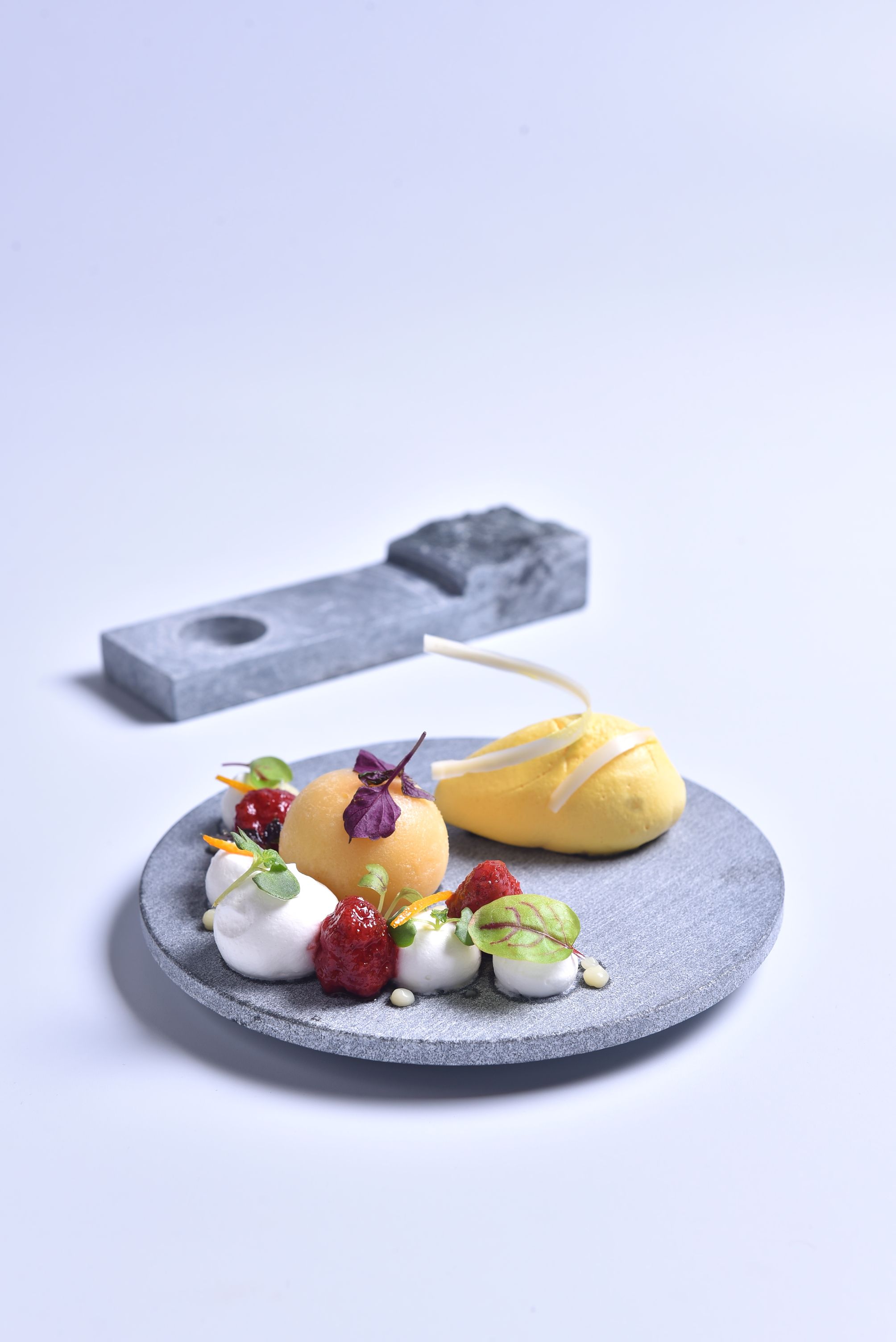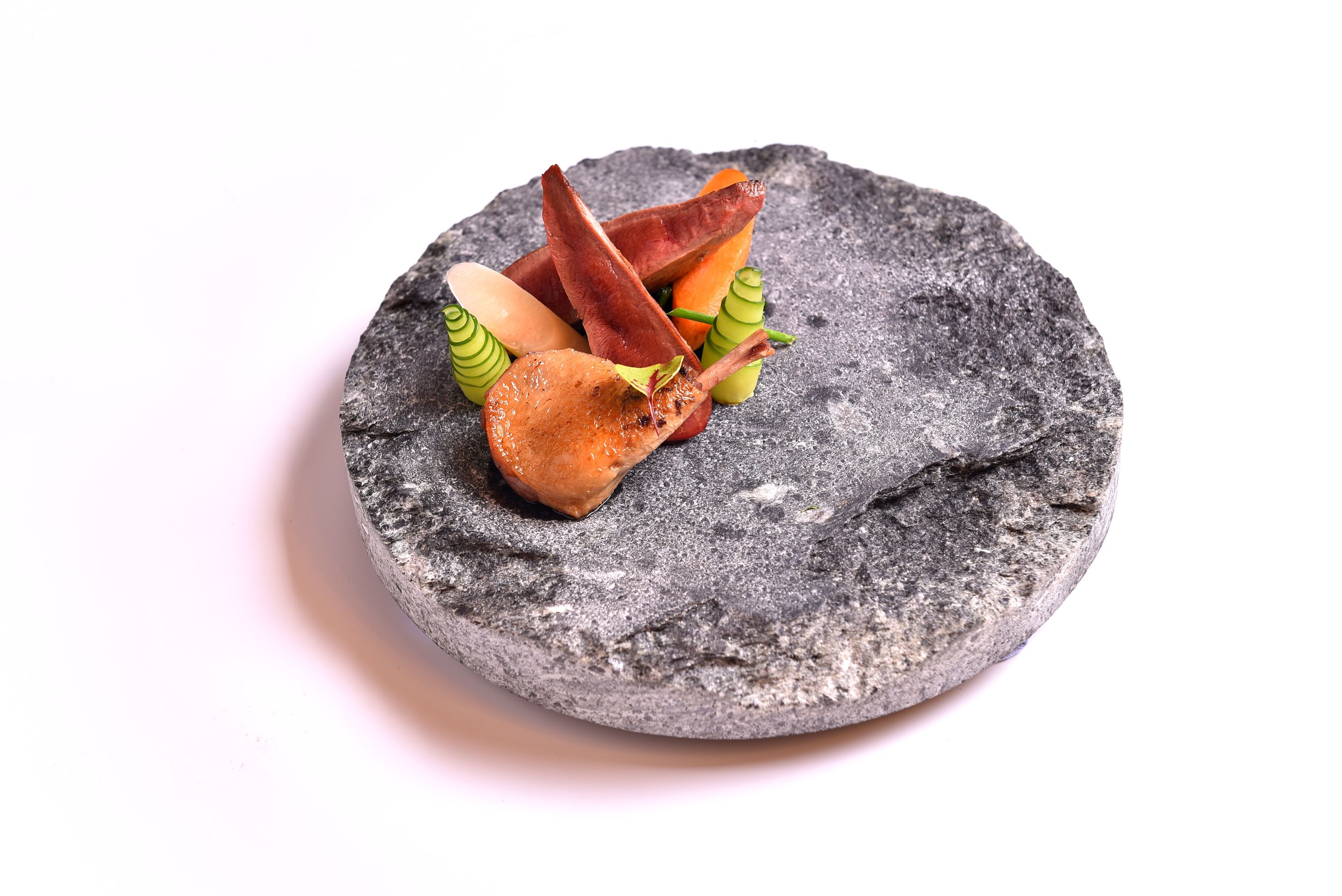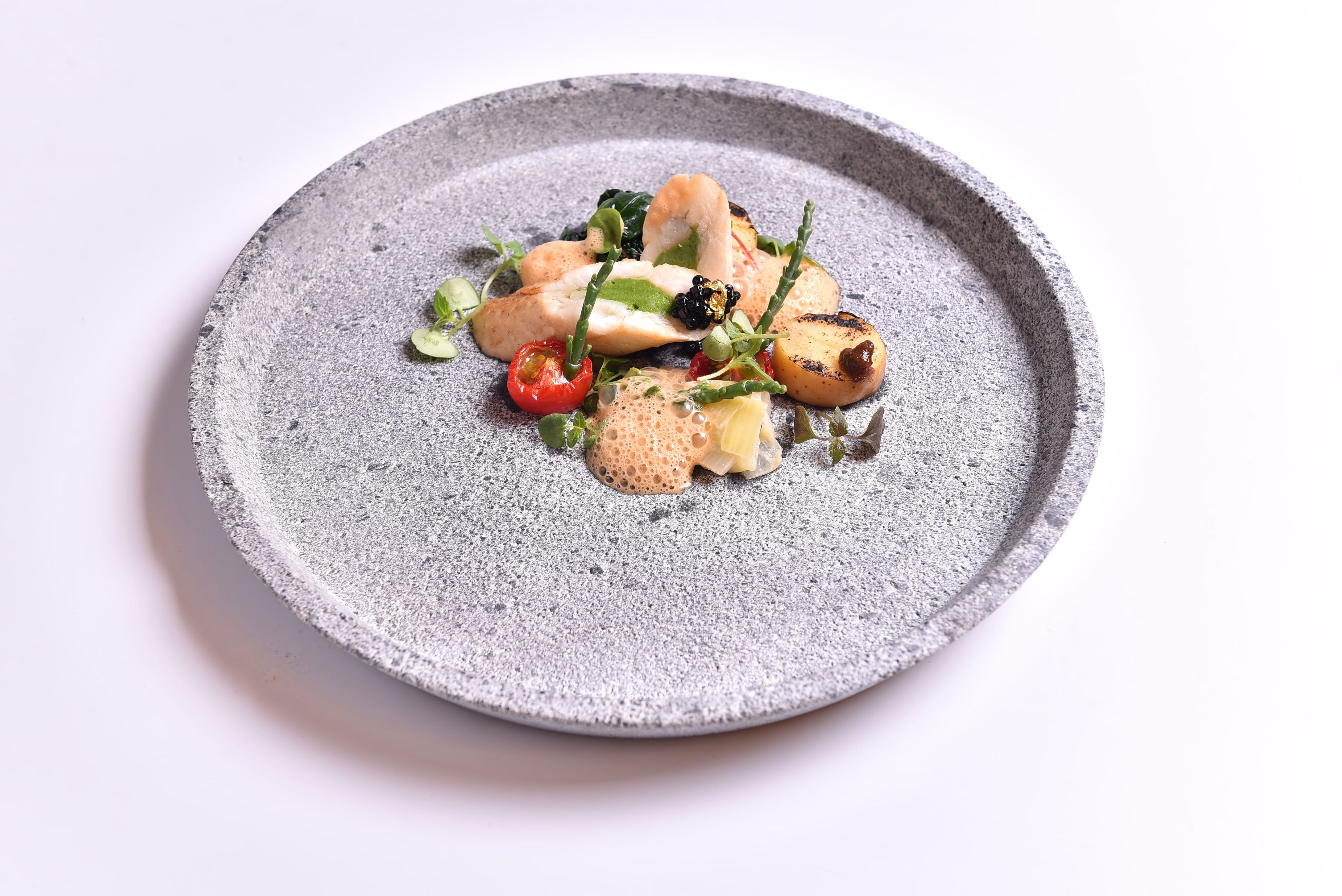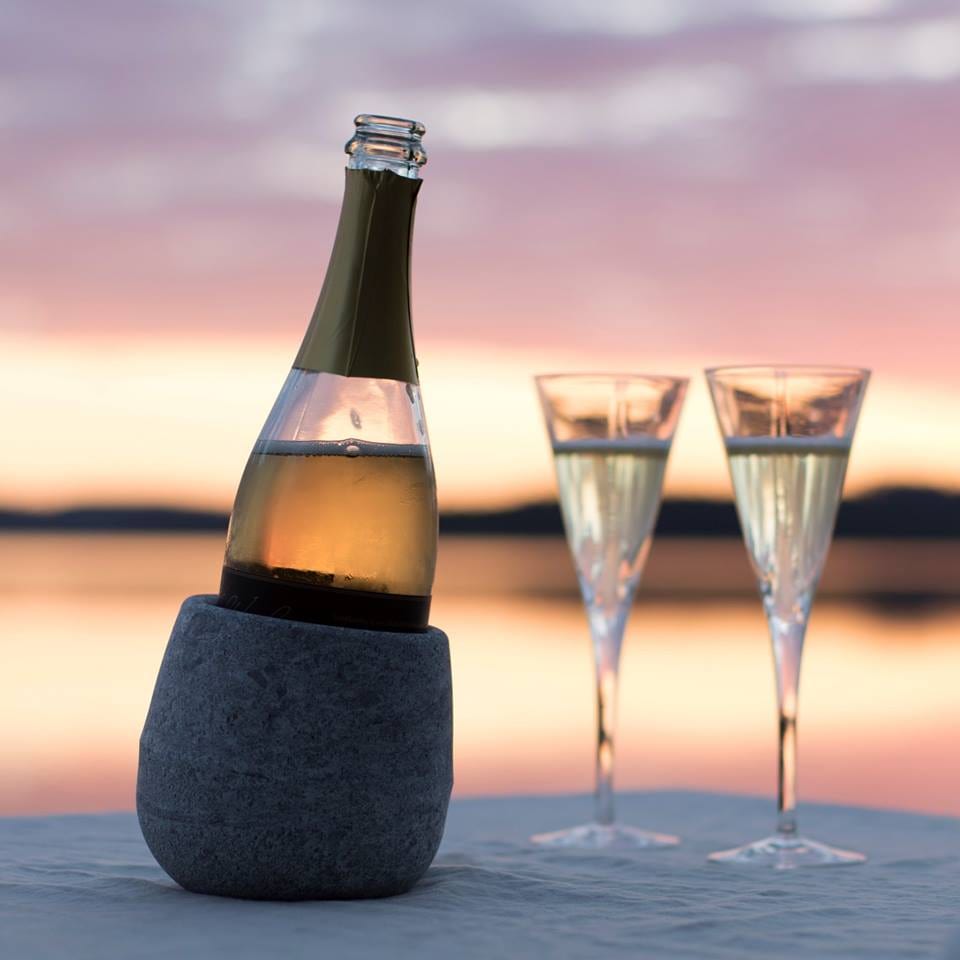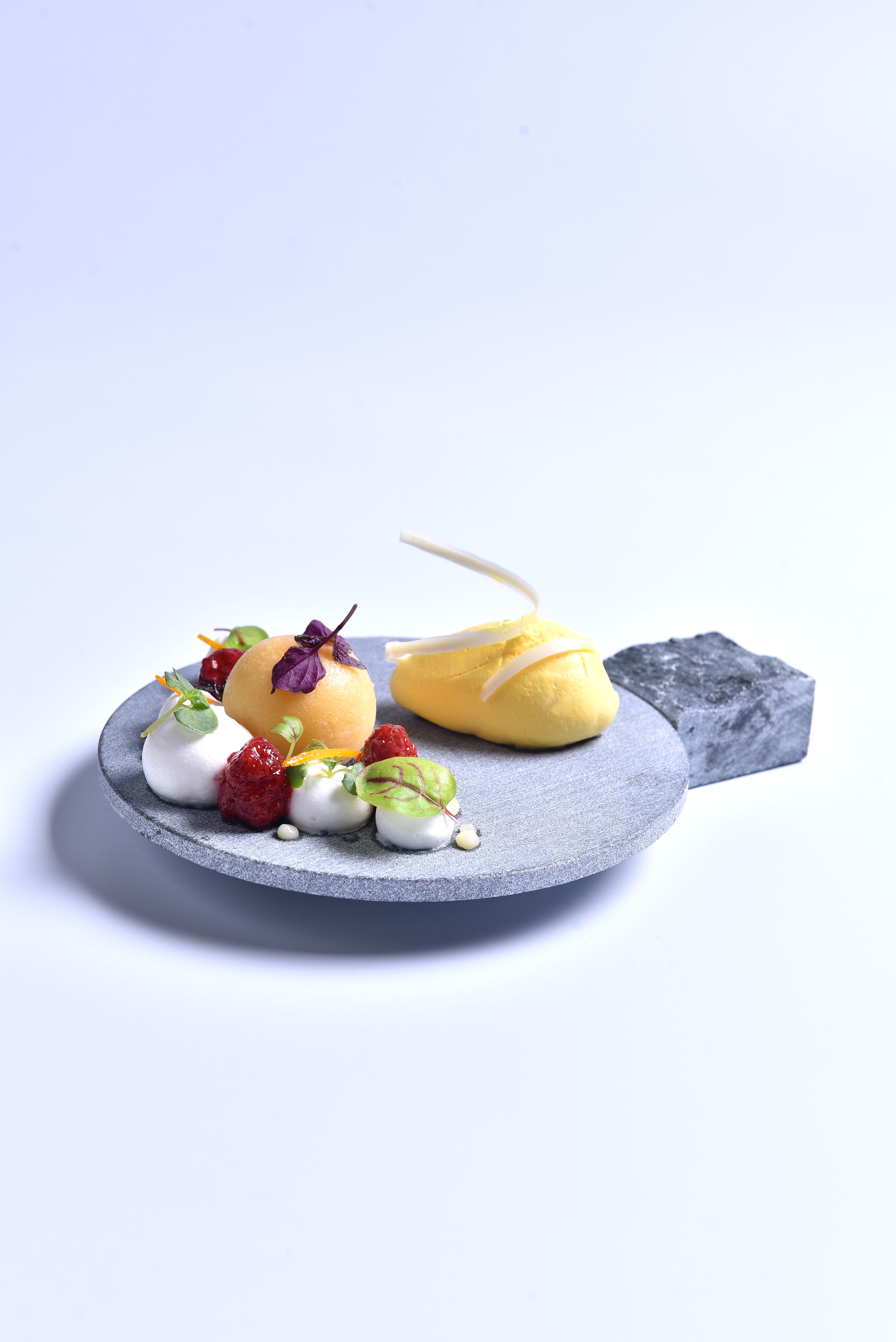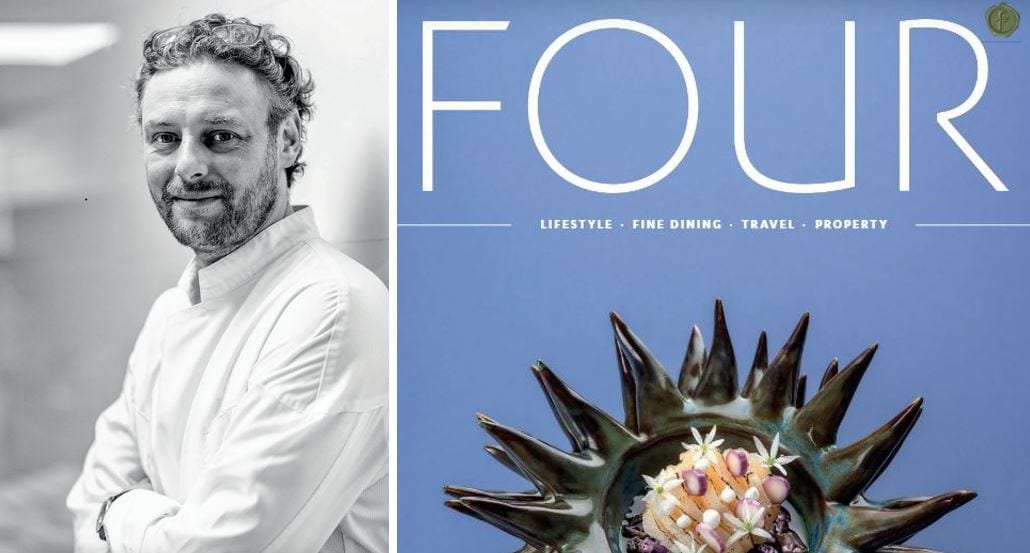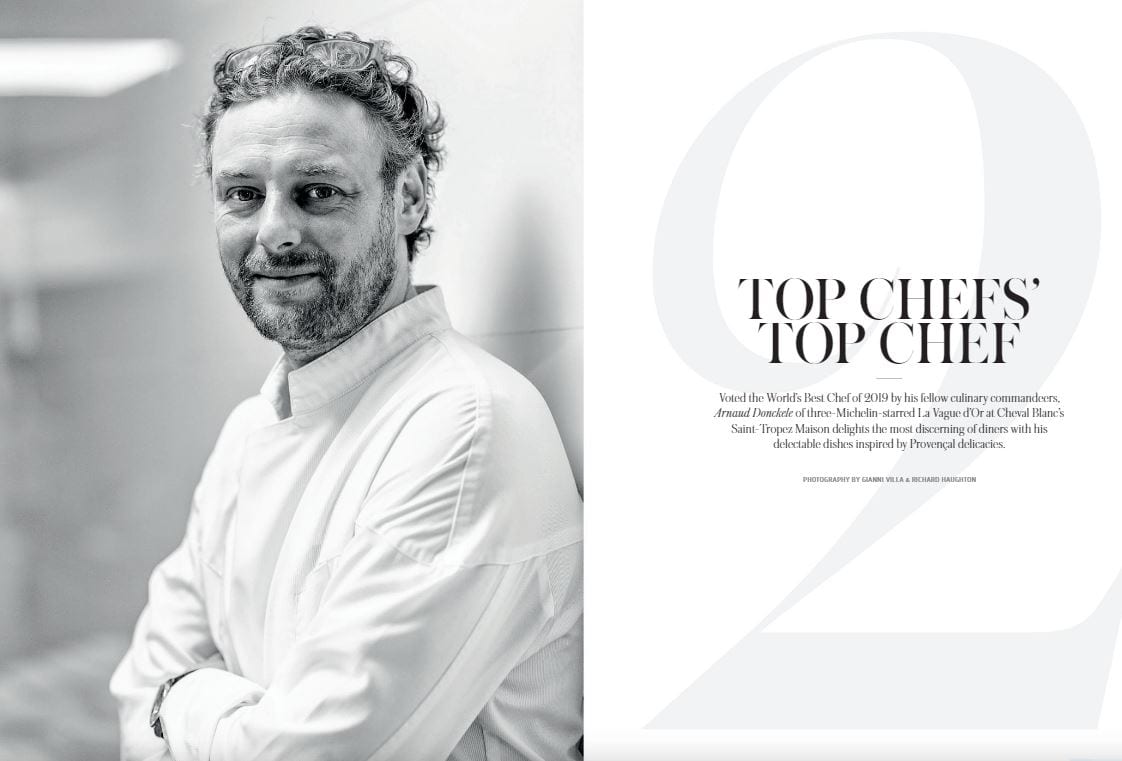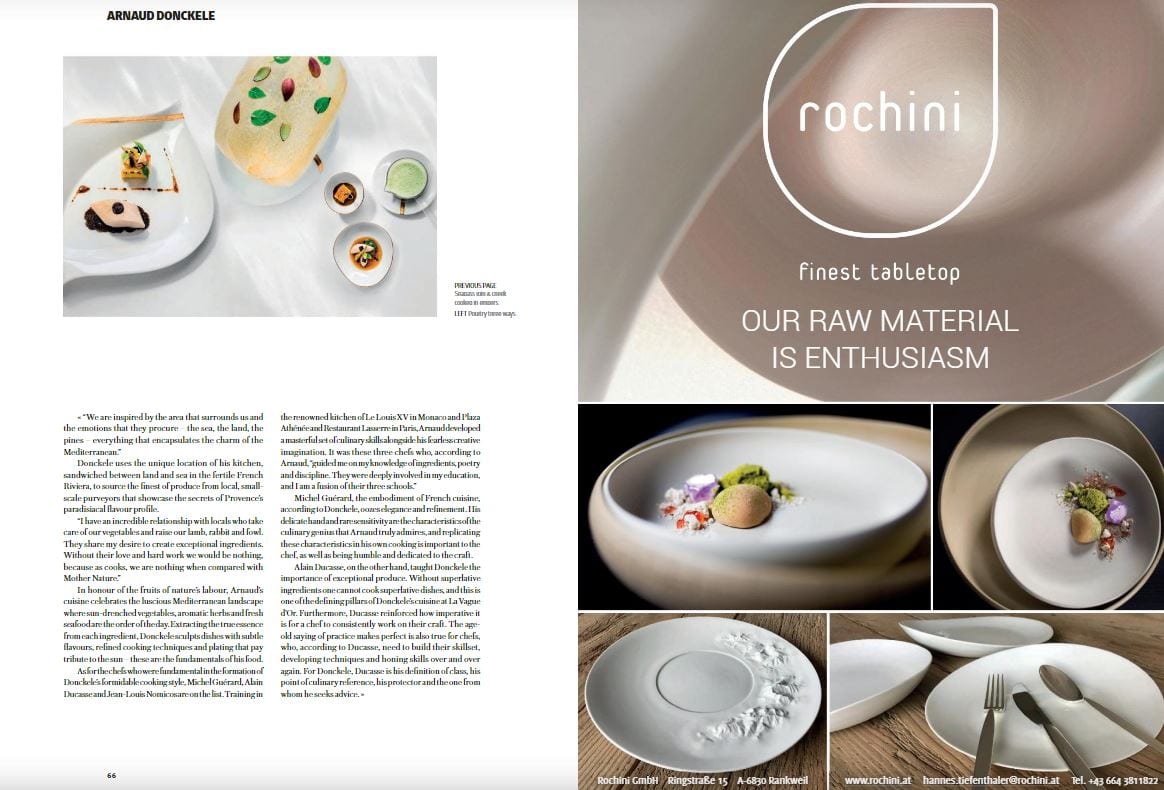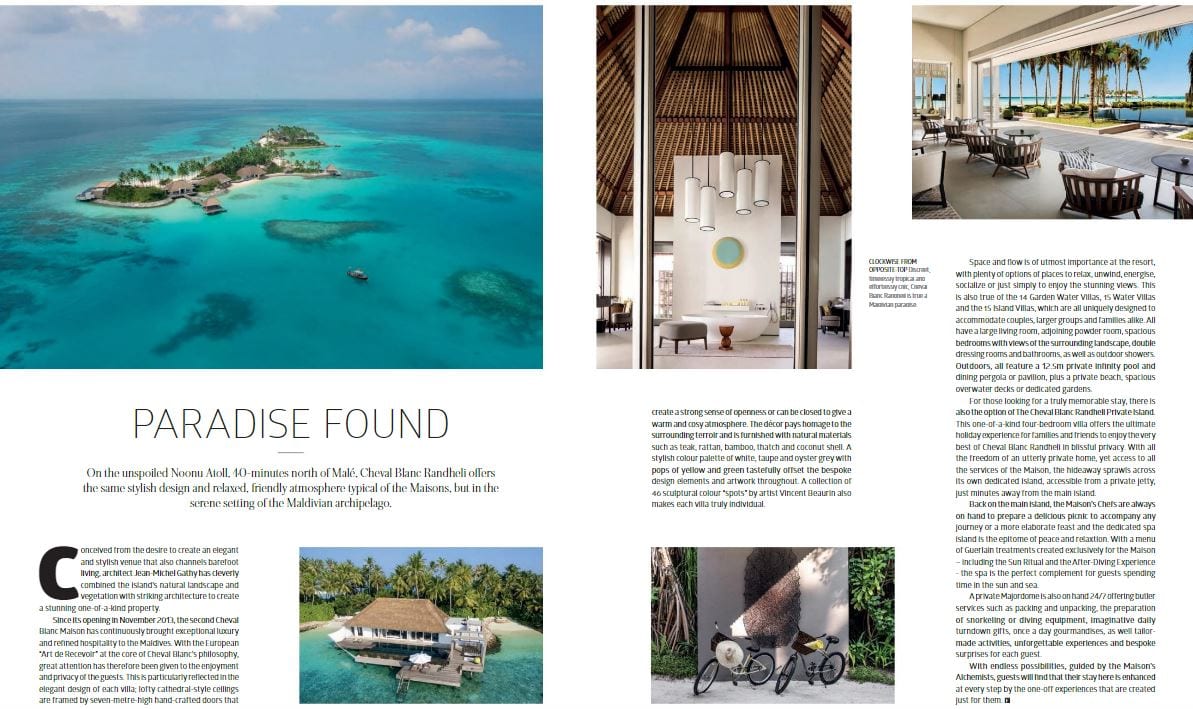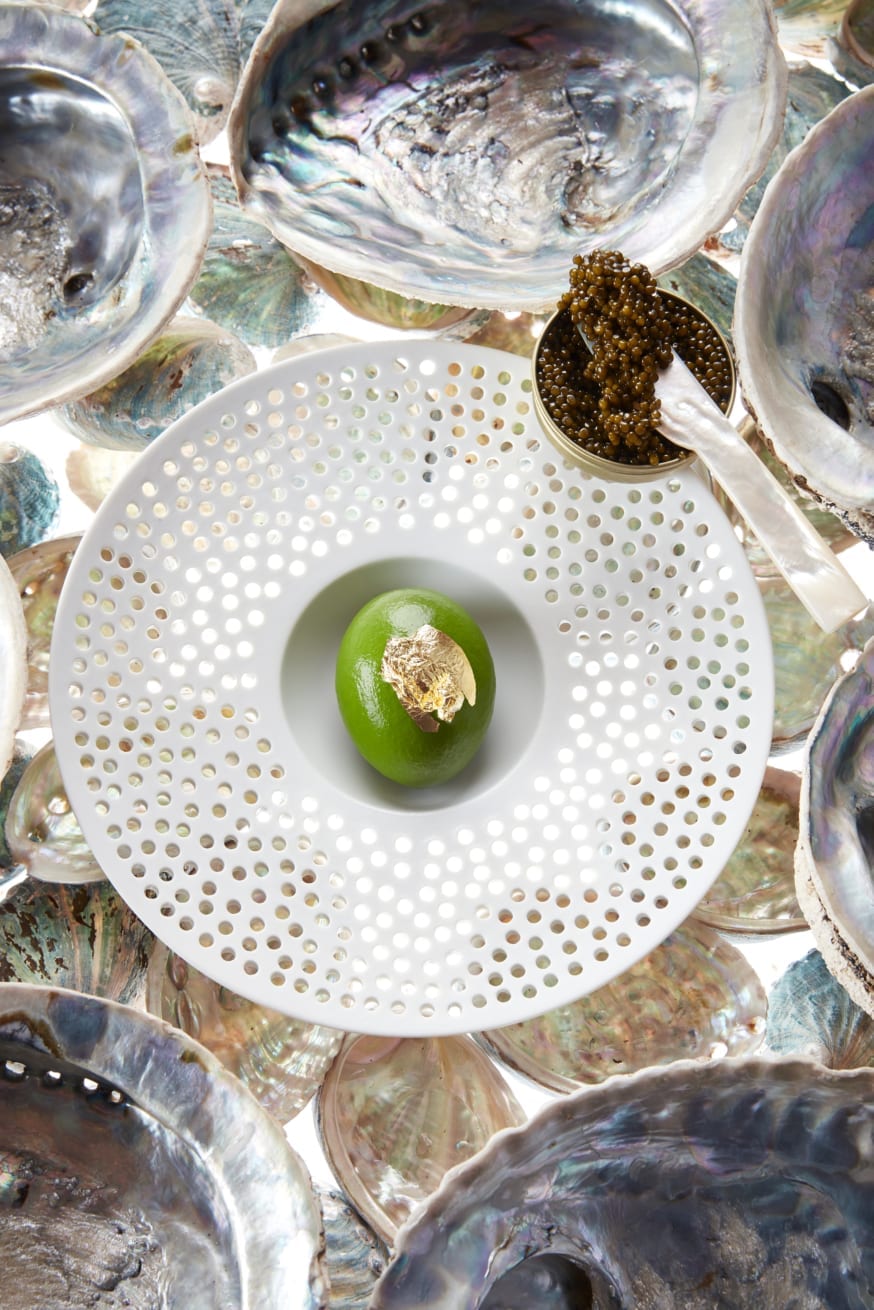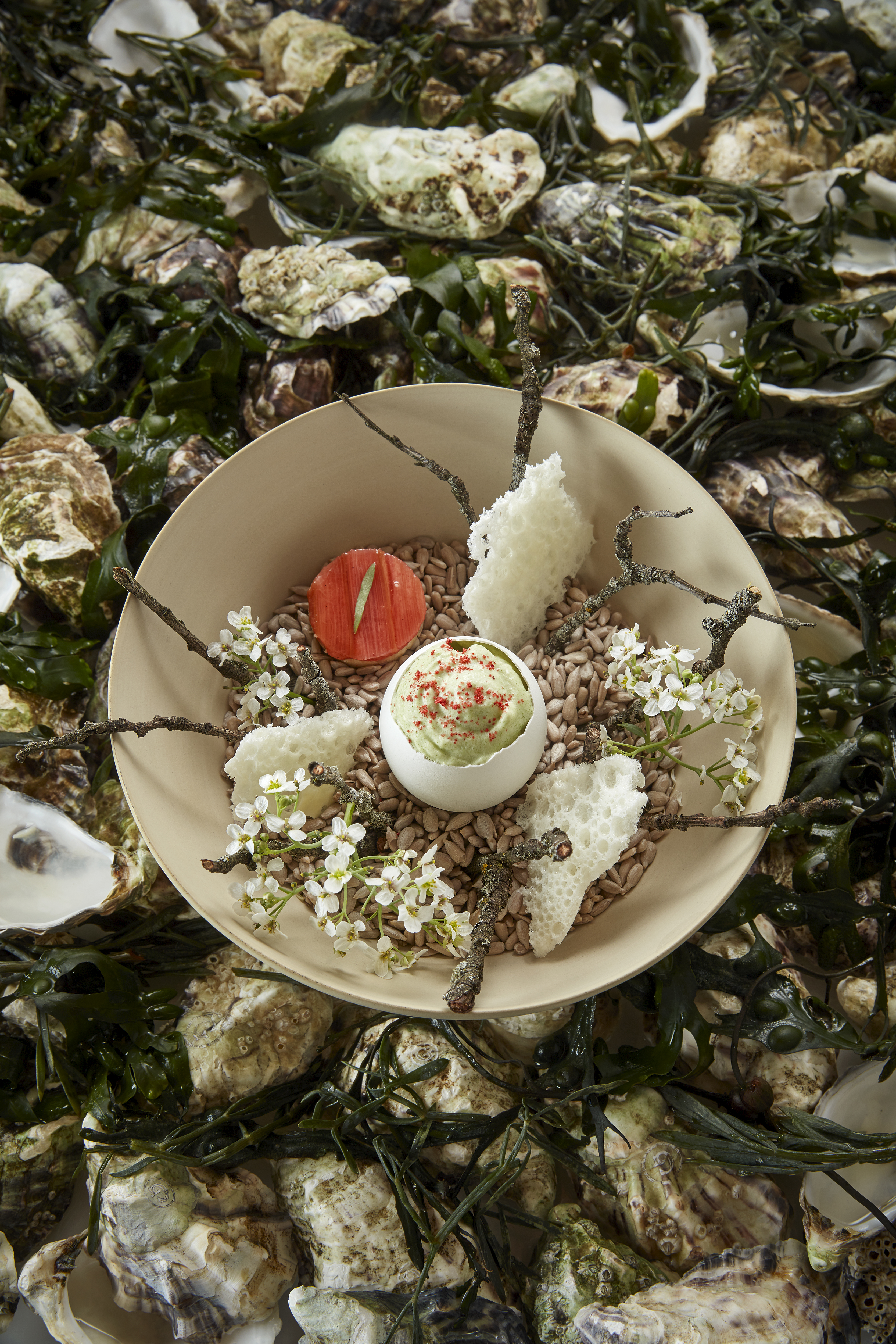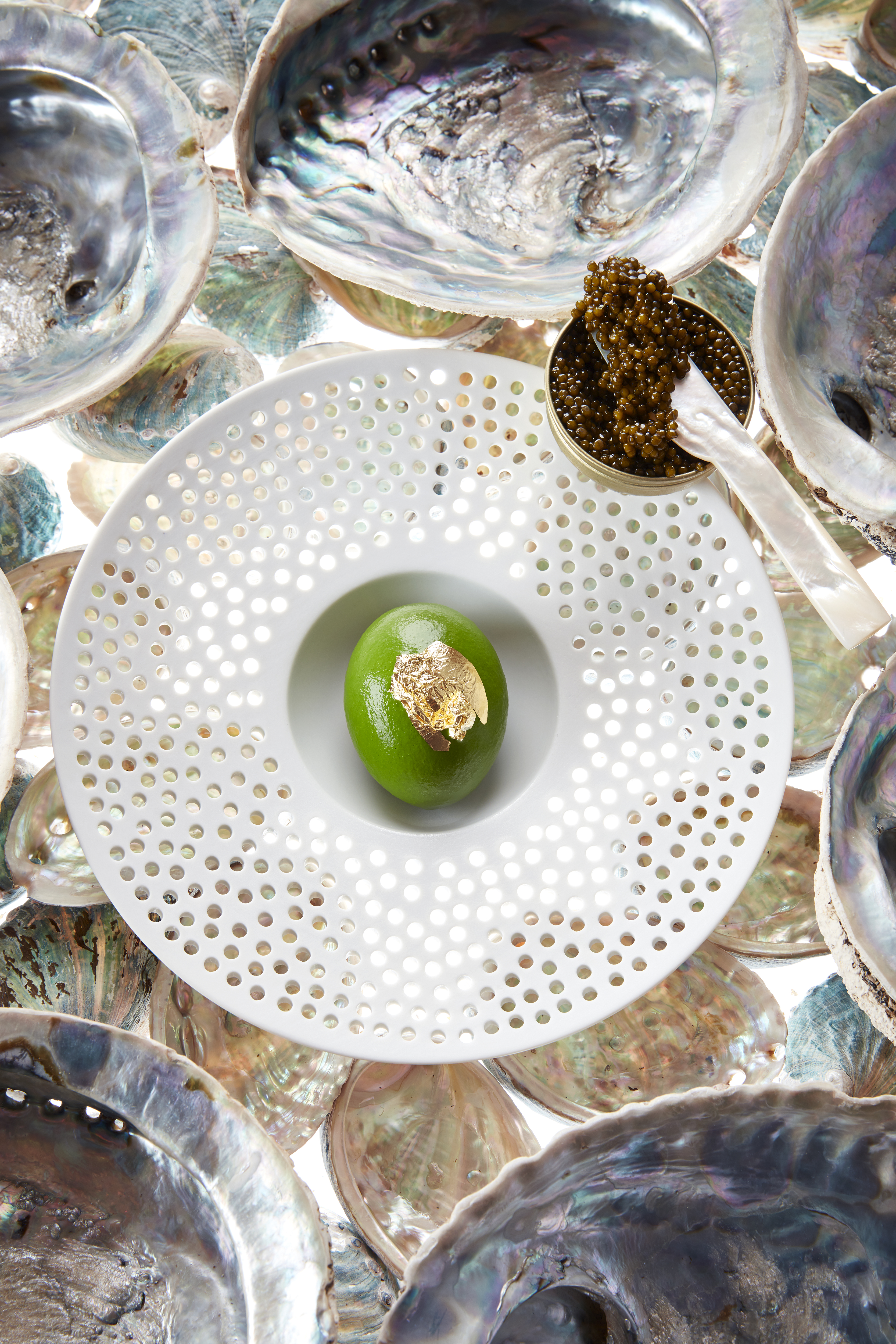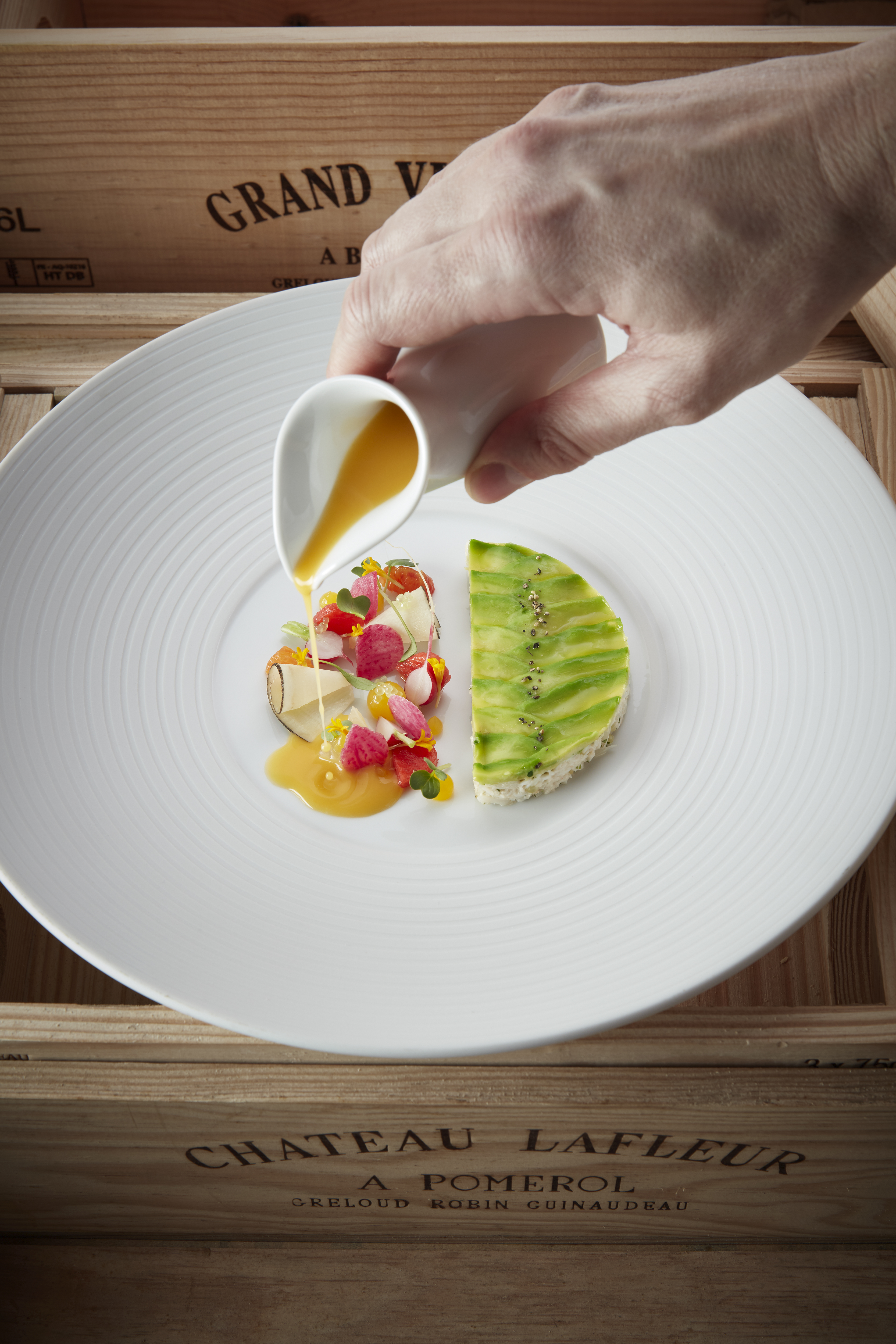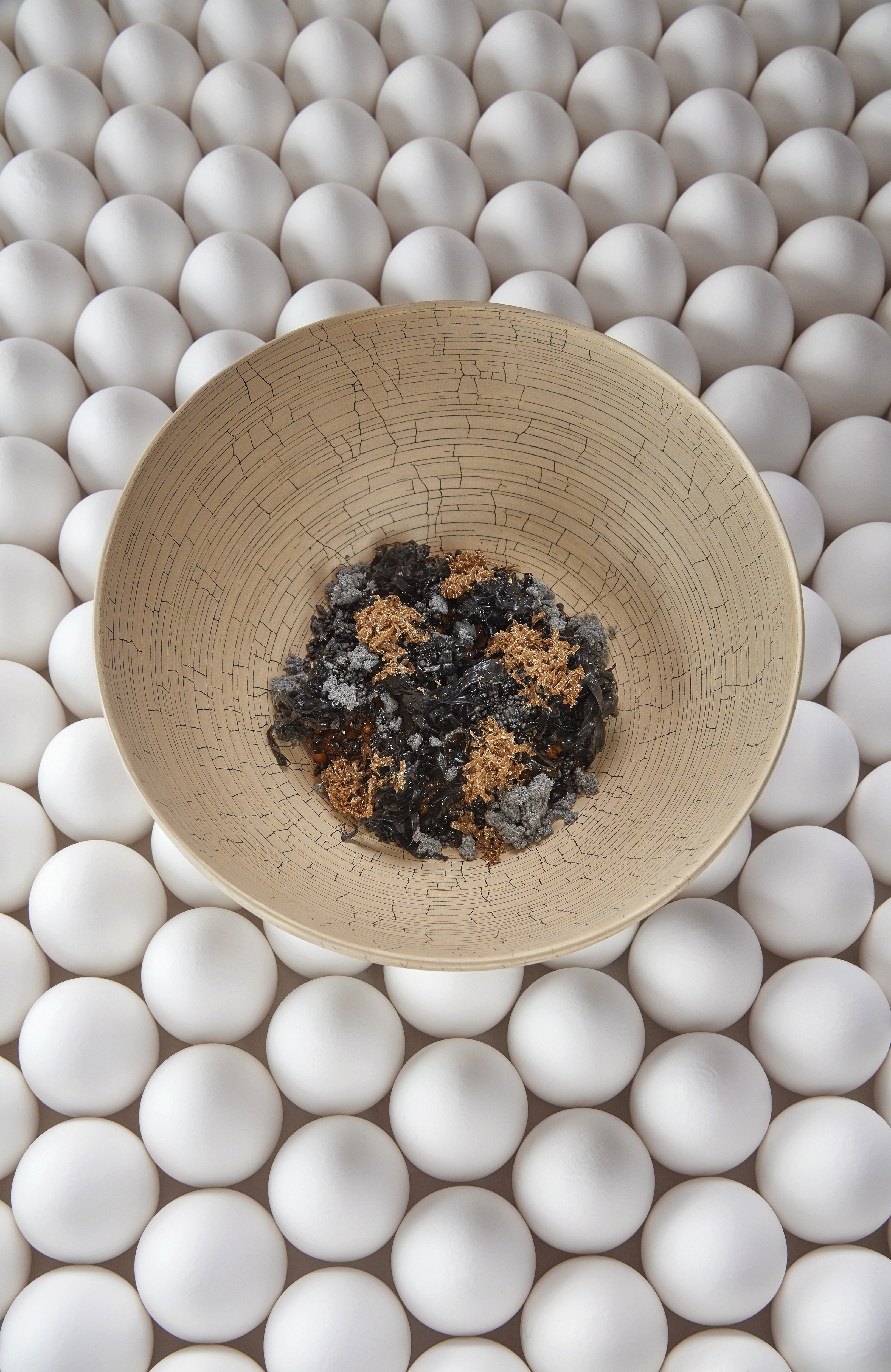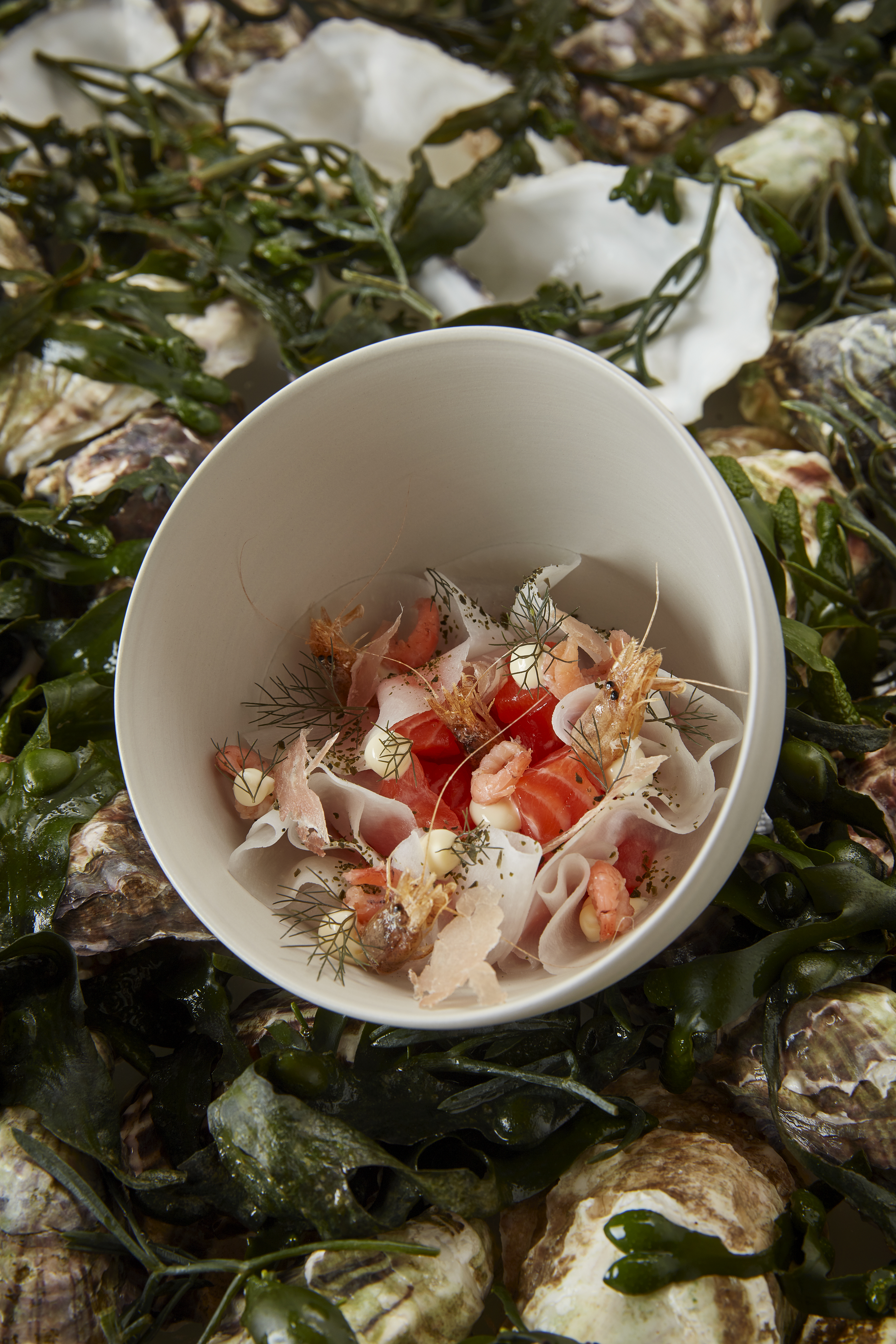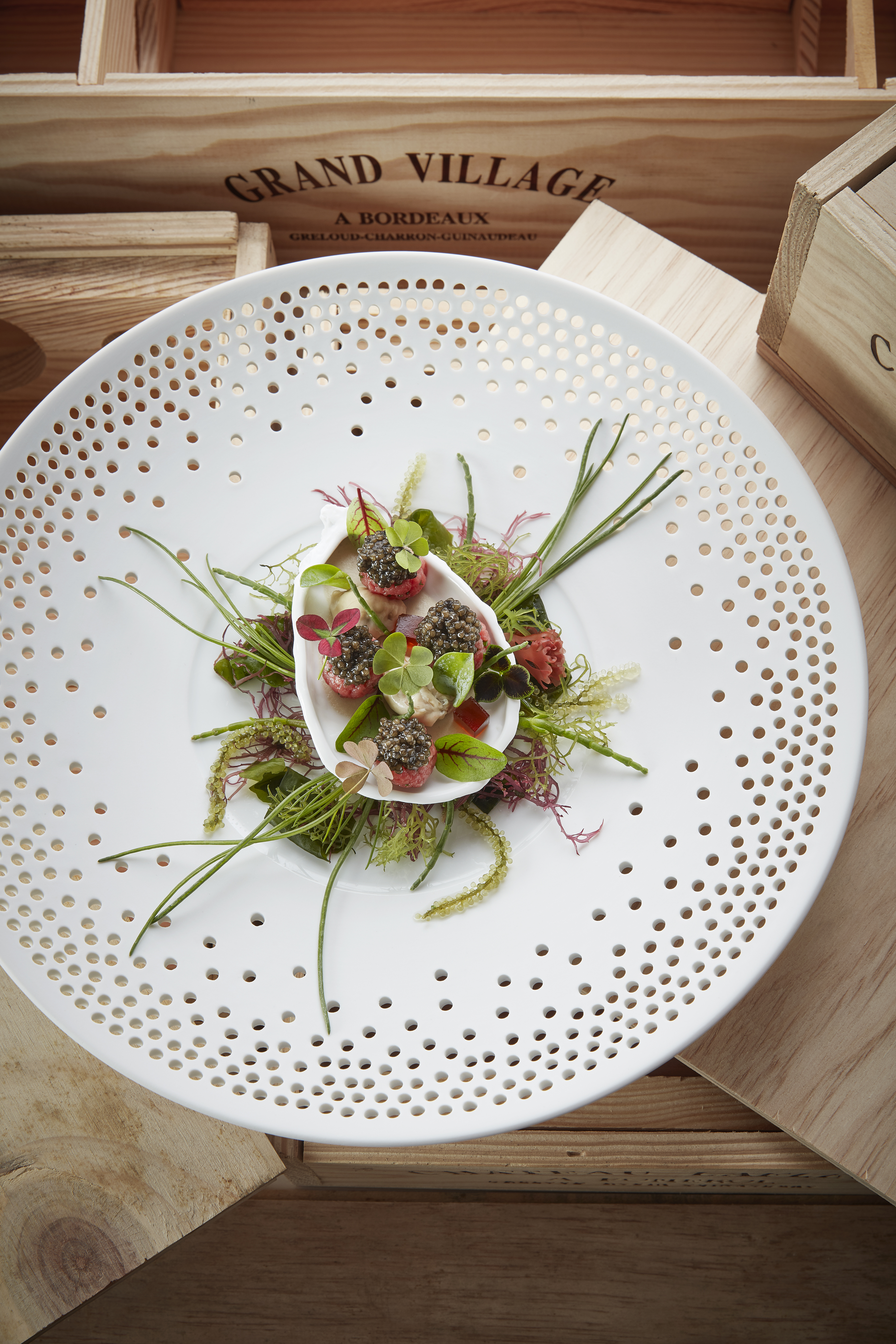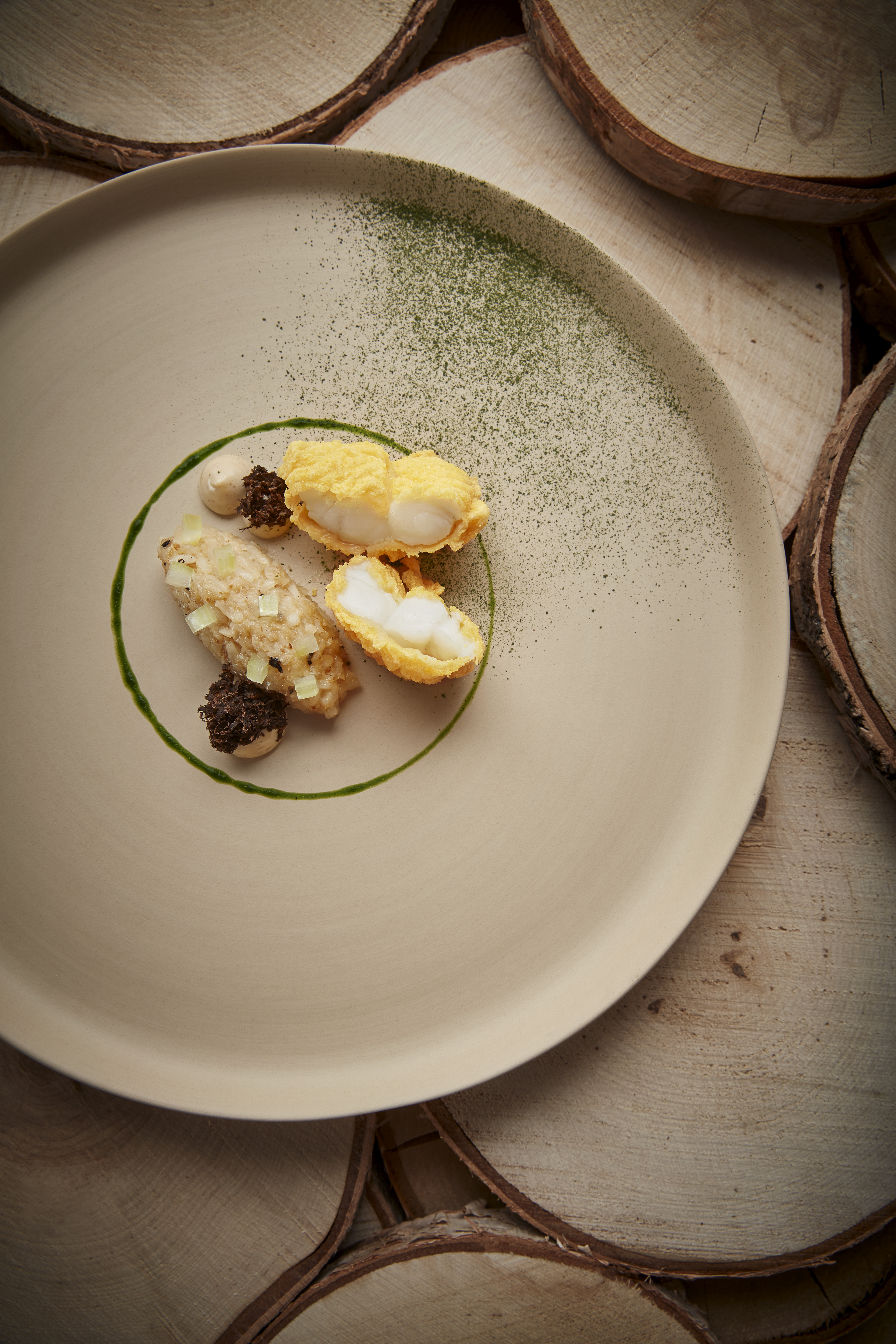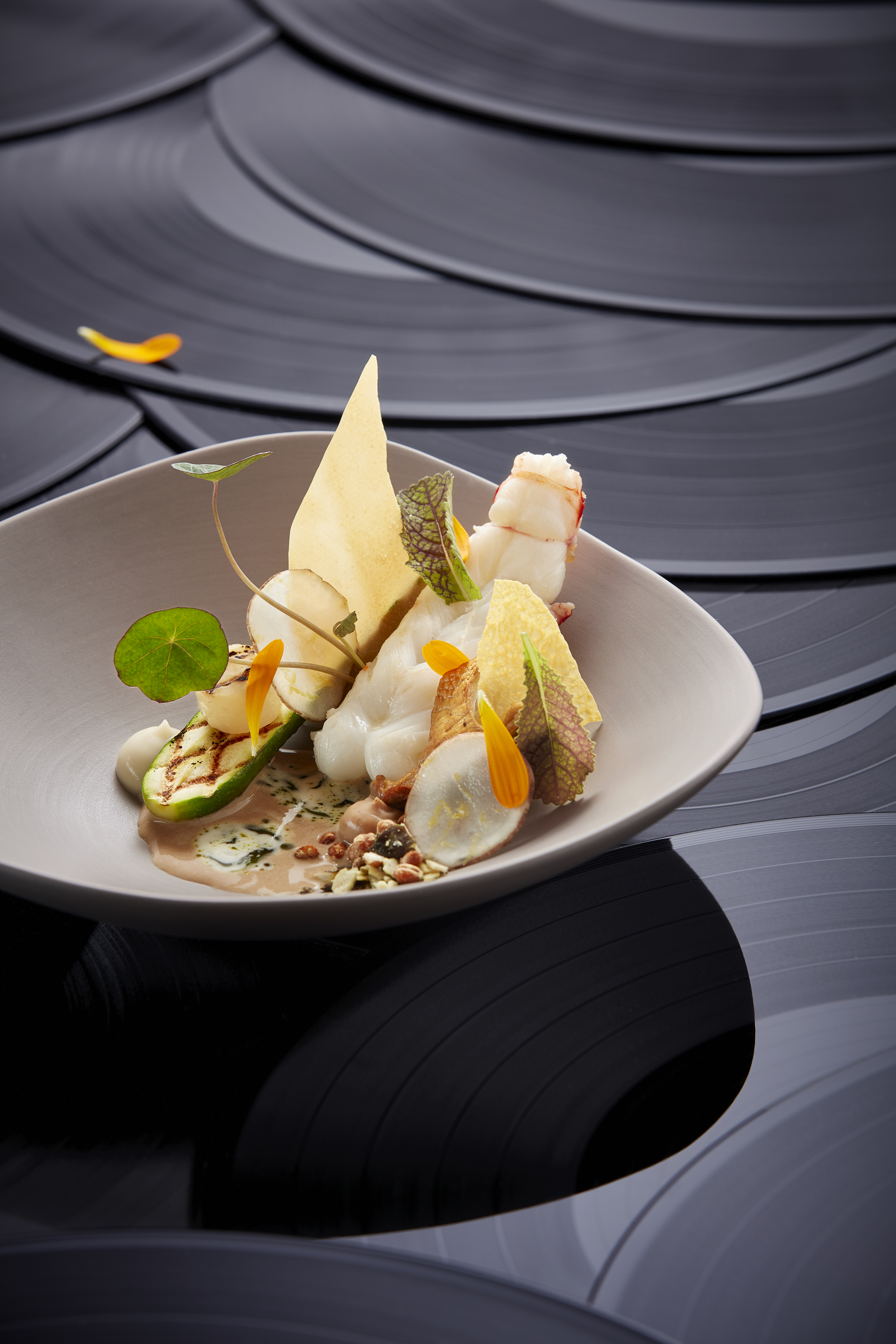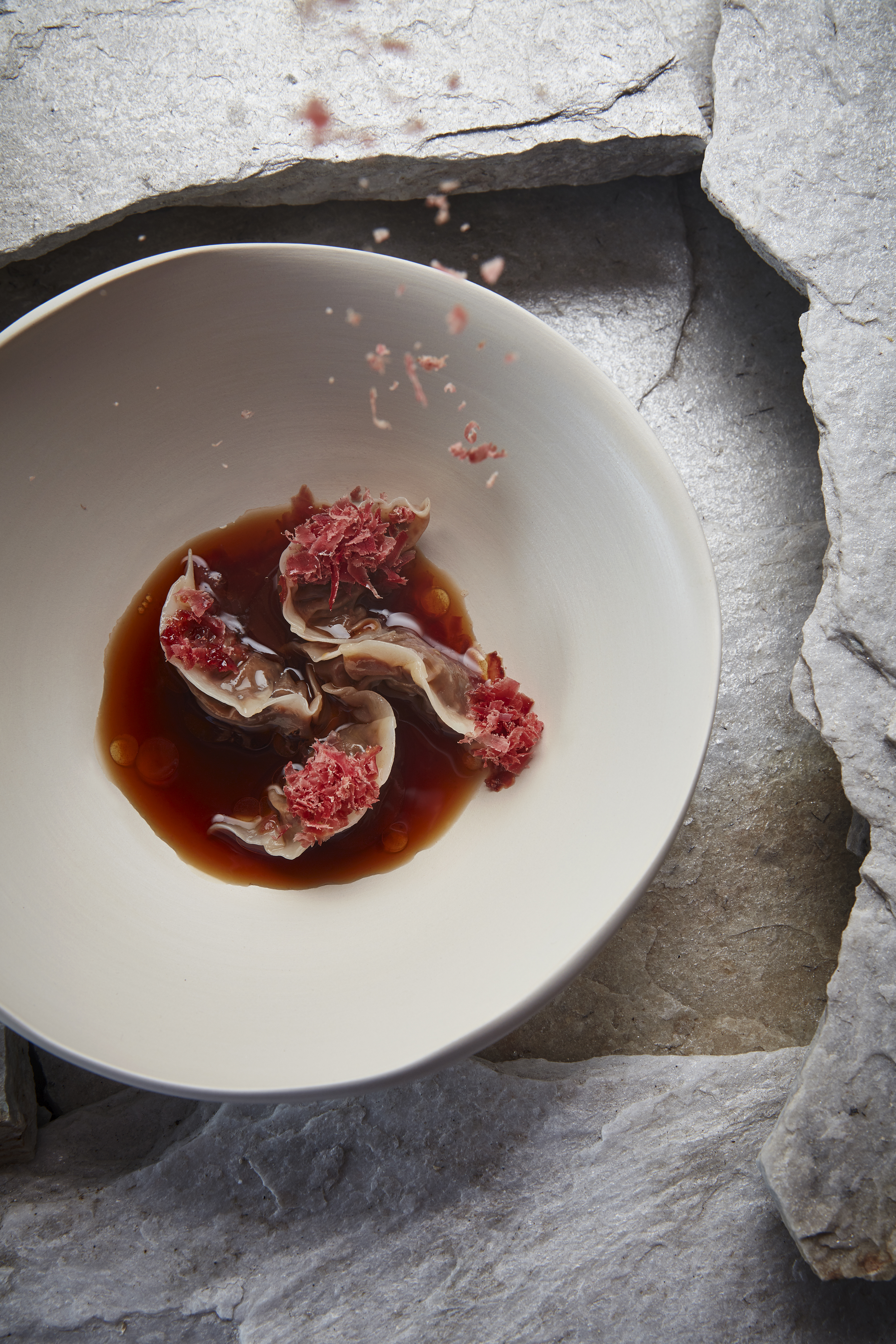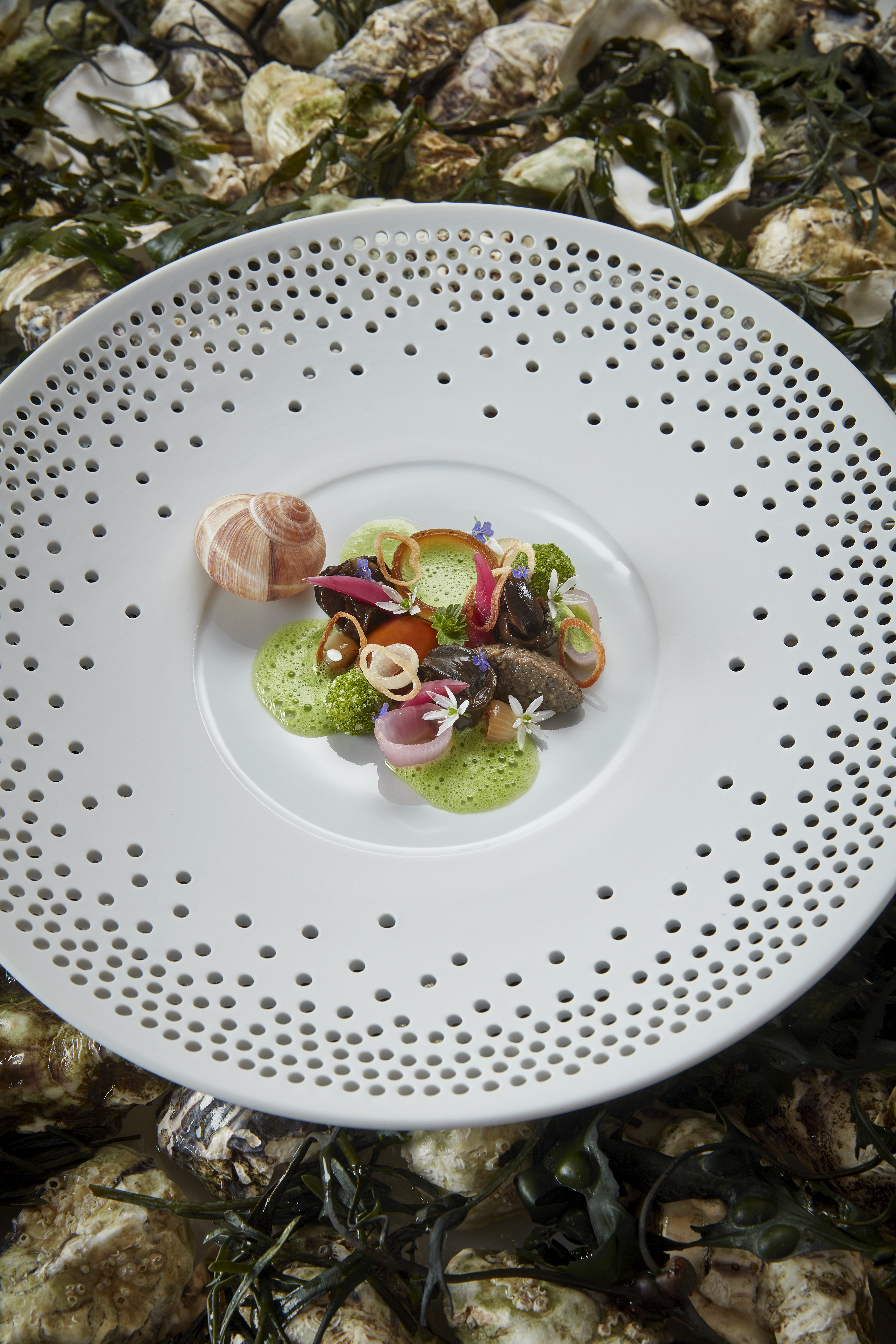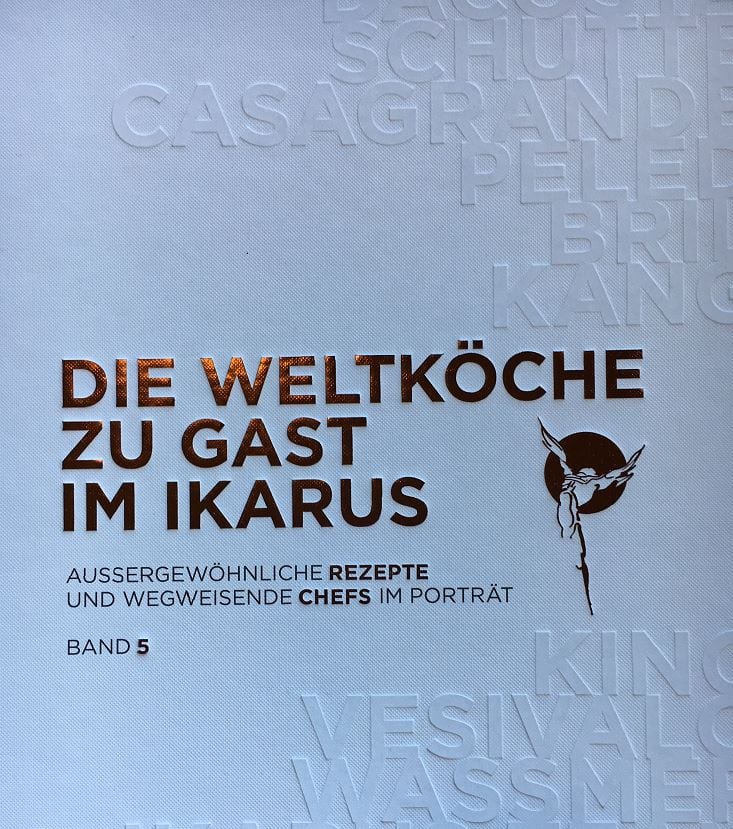Designs for life with Rochini’s table top architecture
Thanks Bruce McMichael from The Lemon Groove – LONDON.
Bruce is a freelance journalist and published author focusing on food and drink; business startups and enterprise; culture and travel. Bruce has also written about the global upstream oil and gas industry, shipping and current affairs. Based in London, He travels widely, particularly across western Europe. He chaired many conferences and meetings, spoken at conferences and events and often appear on radio and TV talking most about food, the business of food and being an entrepreneur…..
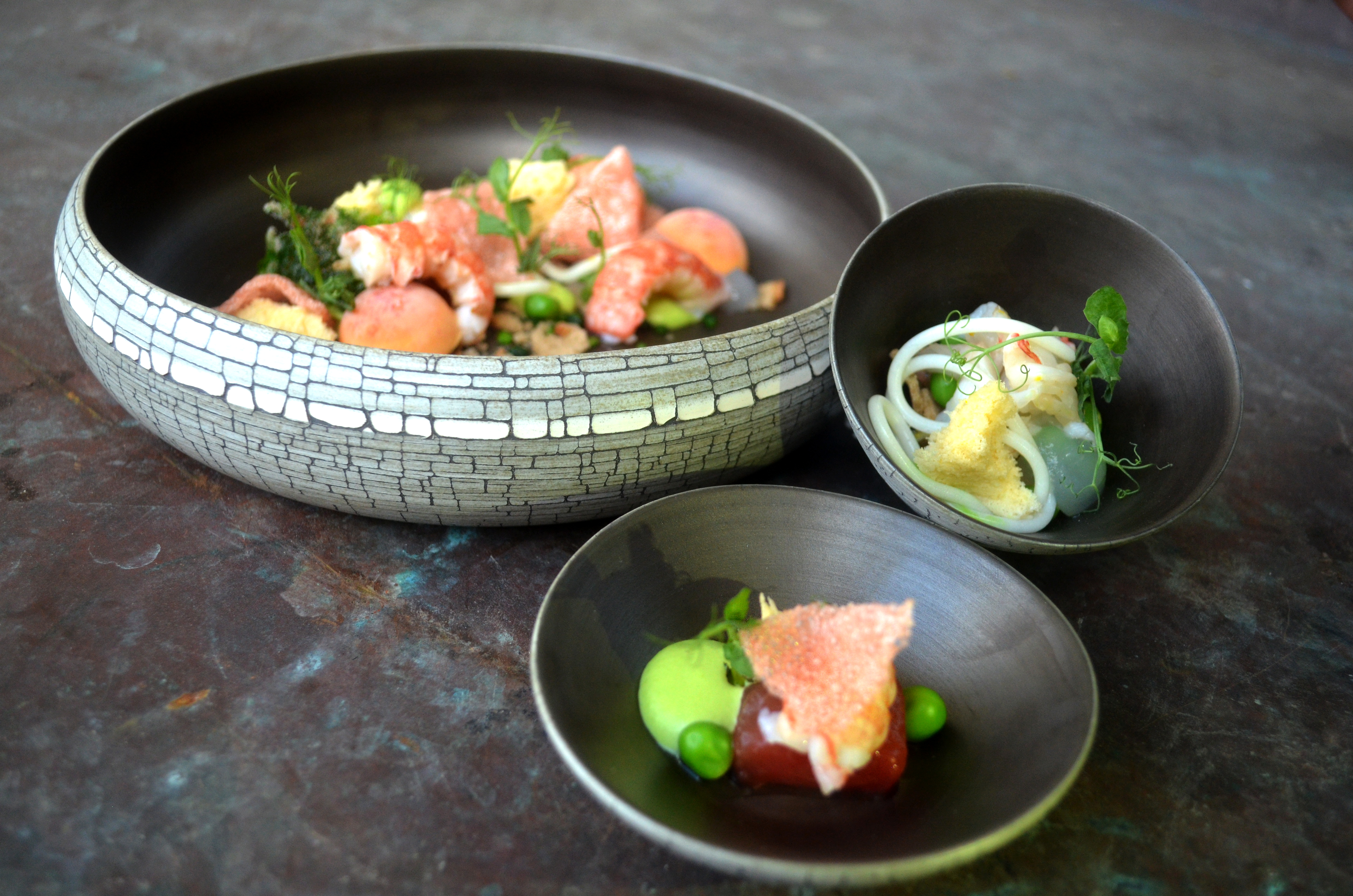

There are subtle forces at a play when a table is laid, food plated and served, and ultimately enjoyed. Long before the table is prepared, chefs and craftsmen and women skilled in ceramics have been creating backdrops for your meal. Before the table is prepared, there are questions to be asked. How deep should the plate be? Is it pristine white, speckled or perhaps black? What is its texture – rough, smooth or perhaps full of holes as is one set of ceramics made for situations such as fine dining rooms, super yachts.
While researching for my Masters thesis on Italian cooking schools University of Gastronomic Sciences (UNISG) in Piedmont, Italy I was intrigued to learn about a world-class design studio and manufacturer was based in a beautiful part of Austria where I spent many happy childhood summer holidays with my Viennese-born mother and her extended family. What also fascinated me was the family owned Rochini company’s chief executive Hannes Tiefenthaler describes himself as a ‘table top architect’ – what does that actually mean? This all coincided with me just completing a short ceramics course at UNISG. I wanted to learn more about the company and how table top collections are created.
Based in Rankweil, Voralberg rural western Austria and not far from the Bodensee lakeside-town of Bregenz you’ll find high-end tabletop designer Rochini’s very modern showroom. With concrete floors, blank walls and a notable absence of modern or contemporary art to distract the attention of the world’s top chefs who visit and draw out designs for table top collections. Working with Rochini’s in-house creative staff, the chefs and restaurateurs develop their ideas and artistic expressions selecting everything from colour palettes and glazes to shape, texture and material content. These early decisions have a direct impact on a customer’s eating experience, their emotional relationship to food and ultimately helping them navigate and enjoy the whole dining experience.

While the showroom may have blank walls, the art and architecture is found on tabletop displays. It’s in this showroom that Tiefenthaler showcase their designs, without any unnecessary visual distraction. On display are ultra-modern shapes of organic shapes and traditional designs that may be ordered or offer inspiration for a bespoke range. Tiefenthaler says the showroom aims to “create a unique atmosphere at their [Rochini’s] customer’s table by combining items from collections of different manufacturers and complying with their customer’s requirements – ranging from plates, glasses, cutlery up to accessories.”
Creative collaborations with ceramicists, glass makers, artisanal metal workers and cutlery designers seek to match specific suppliers, manufacturer with any particular customer. Under the slogan “Create Your Own Item” Rochini offers clients the “opportunity to develop glasses, porcelain and accessories according to individual needs and in limited quantities. Also, how staff place and remove plates from tables is fundamental to the dining experience, and must be considered in the early design stages. The company generally creates new collections with chefs, in-house designers and manufacturers by working together”. “Our concept consists largely of natural organic materials and colours made of porcelain, ceramic, stone, wood, marble, silver, terracotta, glass and the artificially made granite substitute, corian”.
Tens of millions of images on social media outlets such as Instagram and Pinterest feature food as the main subject, but it’s the plate and surrounding pieces such as cutlery and glasses that let food take centre stage, to breathe and catch attention.
“We made the carbon plates for a story telling solution,” says Tiefenthaler. For example, for one bespoke collection after diners have eaten dessert served on carbon fibre plates, the guests are driven home in a luxury limousine constructed of the same material.
Traditional Michelin style dining is often characterised by starched white tablecloths, polished silverware and gleaming white plates aiming to enhance the physical and ephemeral characteristics of fine dining food. Plates are the backdrop to good, delicious memorable foods and are integral to the dining experience, helping guests enjoy their food, whether it’s single bite servings or a national cuisines perhaps Japanese, French or Italian. Plates should not compete with the food, but enhance it. Tiefenthaler says our “timeless concept adapts to all cultures and cooking styles around the world”.
The right choice of tableware elevates food from a simple meal to a great, memorable. It’s not simply a carrier for the food. Dishware and tabletop utensils serve a range of vital purposes, not unlike choosing the optimum shaped glass to appreciate a wine or beer, as its maker would wish.
Rochini has made tableware for the US chefs Grant Achatz for his Alinea and Roister restaurants, and Hollywood-based Austrian-expat chef Wolfgang Puck at Spago. Austria’s Red Bull’s extraordinary concept dining experience, Ikarus in Hangar 7 also has sprinkled some of the Rochini design magic on their tables.
Usually there is a standard collection used daily by a Rochini client in their dining rooms, which is then supplemented with new eye catching designs. “This depends on the menu card, what is needed at the time,” Tiefenthaler says.
So next time you dine, have a look under your food and consider how your plate and table top architecture affects your eating pleasure and experience.

www.rochini.at
